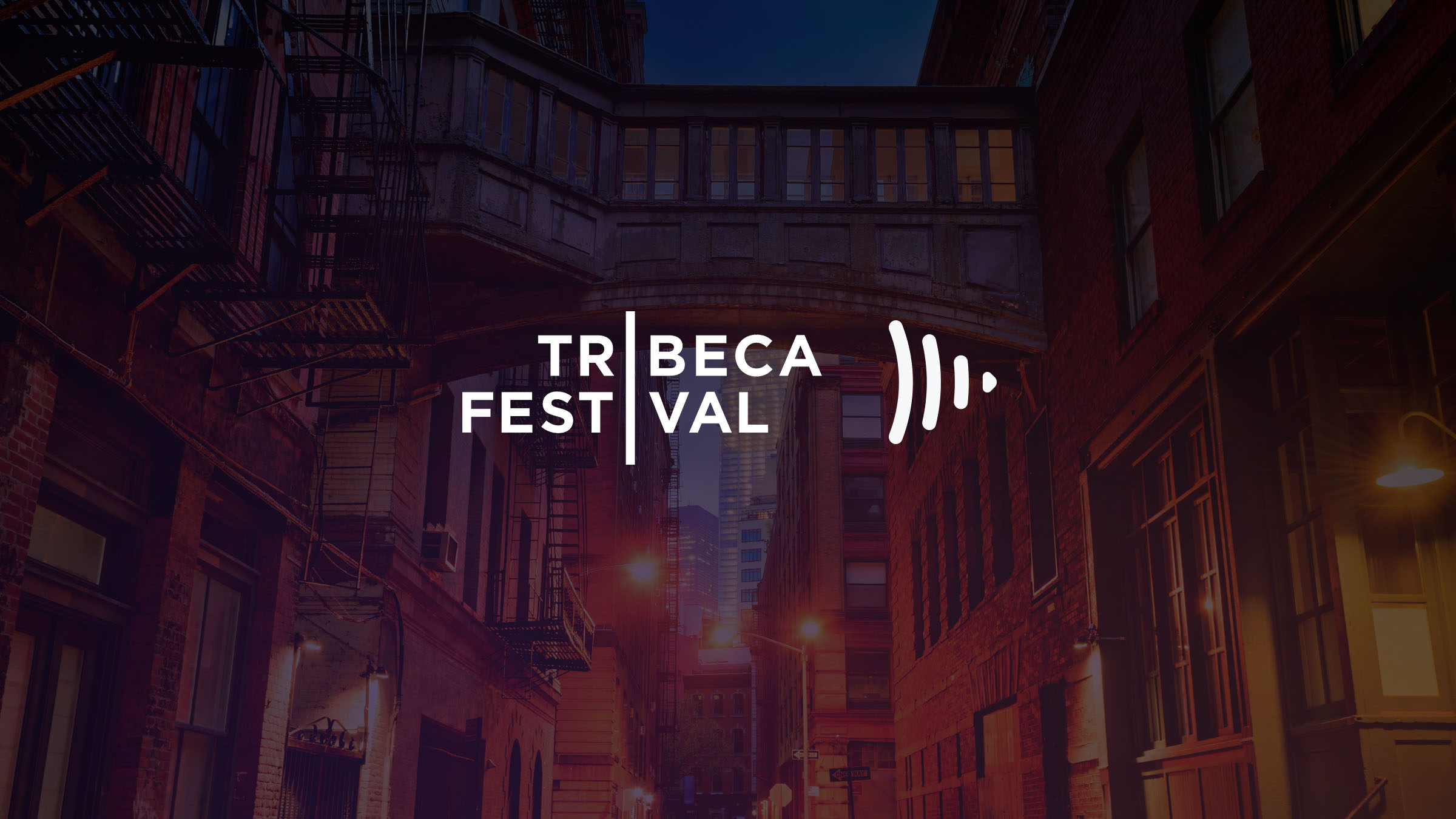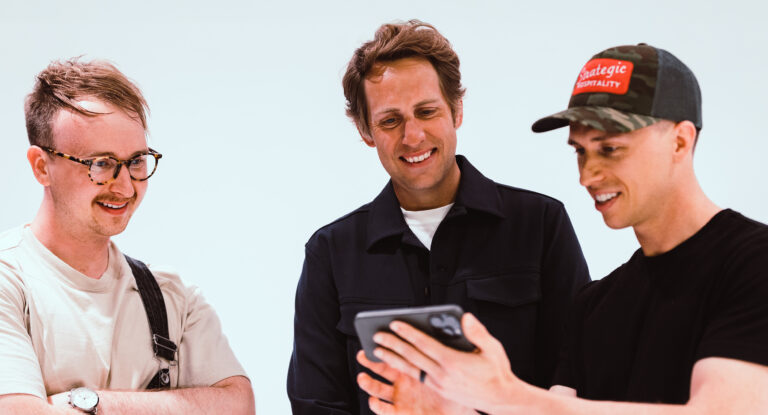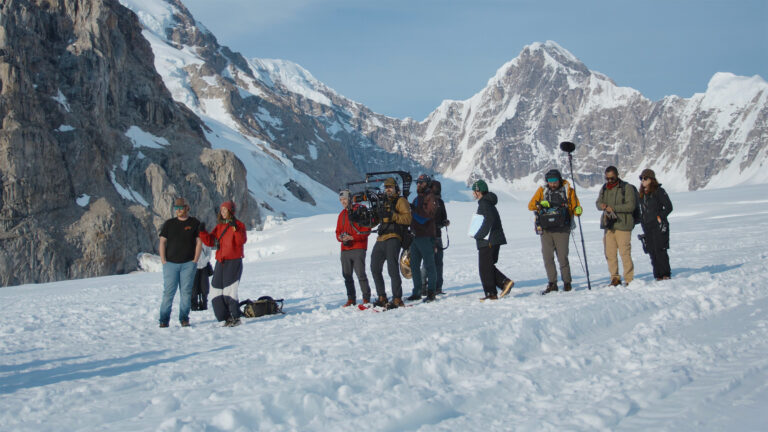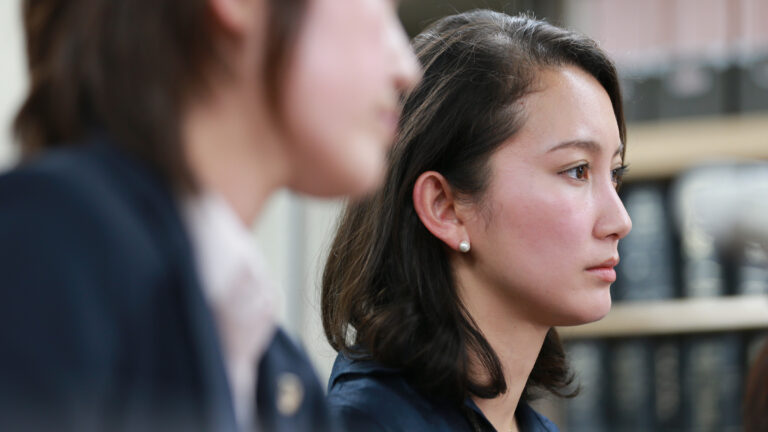The Tribeca Festival is one of the world’s most respected celebrations of storytelling in all its forms, including film, TV, music, audio storytelling, games, and immersive experiences. Founded by Robert De Niro, Jane Rosenthal, and Craig Hatkoff as a way to revitalize a community devastated by the September 11 attacks on the World Trade Center, it’s a festival that’s inclusive of talent both emerging and legendary.
At the Frame.io Insider, we’re always excited to talk about movies. But this year, we’re beyond thrilled to learn that 16+ teams trusted Frame.io as part of their workflow. With that, we bring you a roundup of those projects and how Frame.io and Adobe helped them bring original narratives and important documentaries to this prestigious festival.
Contents
Tribeca Documentary competition
Breaking the News
The 19th Amendment granted women the right to vote in 1920. Nearly 100 years later, as Donald Trump became the 45th president, journalist Emily Ramshaw decided to meet the moment by launching The 19th*, the first nonprofit, nonpartisan news agency in the US dedicated to serving women, women of color, and the LGBTQ+ community with the information and resources they need to be equal participants in our democracy. Breaking the News chronicles their struggles as they build a journalism “startup” to highlight perspectives omitted by mainstream media during the Trump administration and the COVID-19 pandemic.

Directors Heather Courtney, Princess A. Hairston, and Chelsea Hernandez, along with editors Jamie Boyle and Kristina Motwani, crafted this important look into a disruptive news agency that sought to report on gender, politics, and policy from perspectives other than “the white, male lens.”
Jamie recounts that because production was ongoing during the pandemic, the interviews that covered the four main storylines were largely conducted over Zoom calls—approximately 500 hours of footage. Working in Premiere Pro (Jamie made the switch from FCP 7), she appreciated the ease of the transition, as well as the syncing function in Premiere, which, she says, “has negated the need for messy third-party syncing programs.” She also found the auto transcription and captioning to be “surprisingly accurate, making it easier and less costly to make everything widely accessible.”
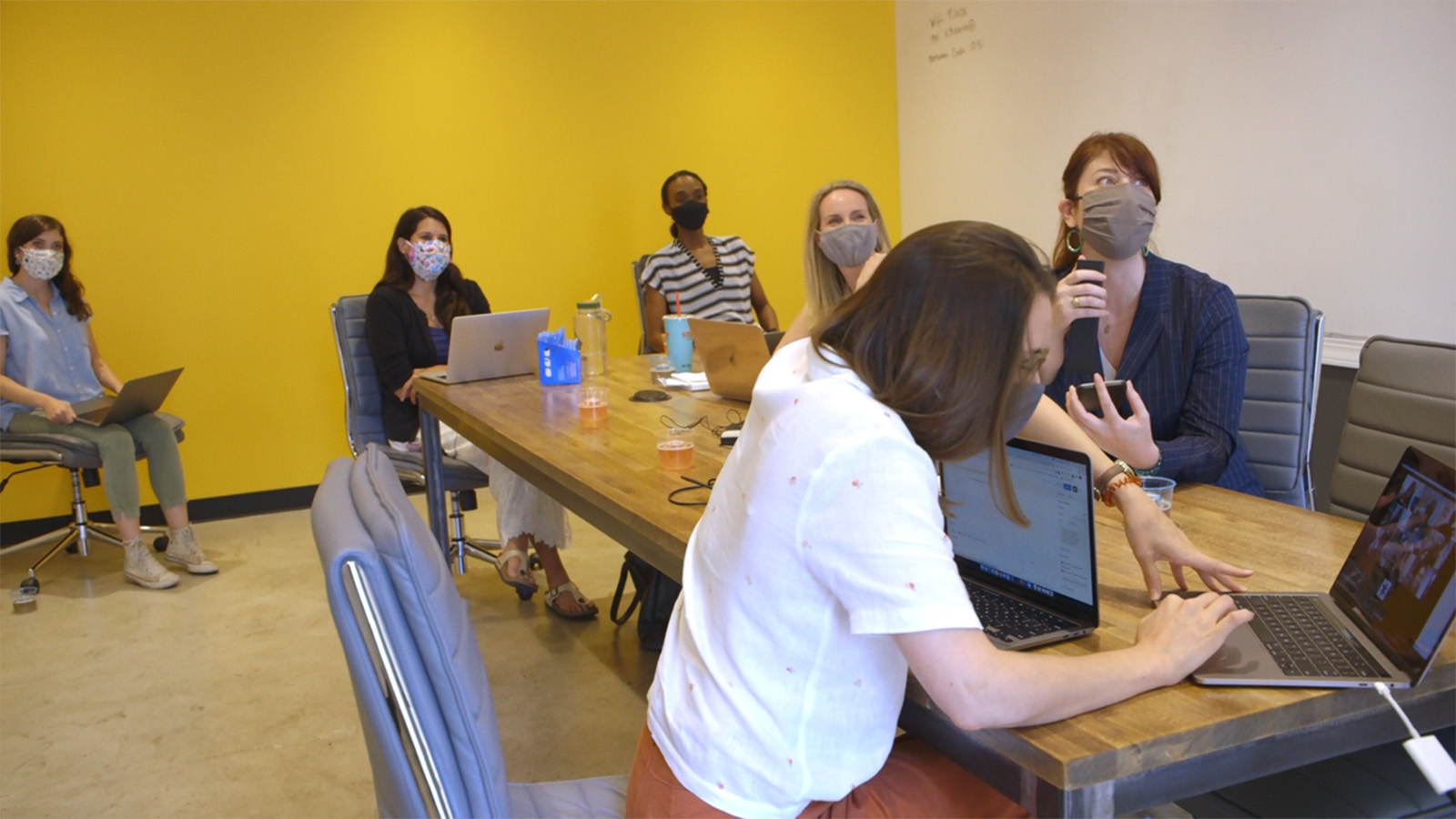
One of the directors introduced her to Frame.io, which she had not previously used. Initially fearing that it would be less effective than having actual conversations, she says, “I’ve never been so happy to be wrong. We developed a process whereby unless anyone else on the team disagreed, the note was executed. Anything where there was disagreement was either settled with Frame.io or flagged for phone discussion. With three directors, a producer, and myself weighing in on every decision, this was a life and sanity saver. I don’t think the edit would have been finished in the time it was, and certainly not at the same caliber, without it.”
You’ll be able to read more about Jamie’s background and process in Adobe’s How I Cut This interview.
Tribeca Gala
Kiss the Future
This opening night documentary chronicles the struggles of an underground community of musicians and creatives throughout the four-year Siege of Sarajevo. Director Nenad Cicin-Sain tells the story of how American aid worker Bill Carter contacted U2 to boost the world’s visibility into the situation.
Not only did U2 conduct live satellite interviews with Sarajaevans during their 1993 ZOO TV tour, they also promised to play a concert there after the conflict was over. Produced by Matt Damon, Ben Affleck, and Sarah Anthony, their goal was to create a documentary that would underscore the power of human creativity in the face of horrific circumstances.
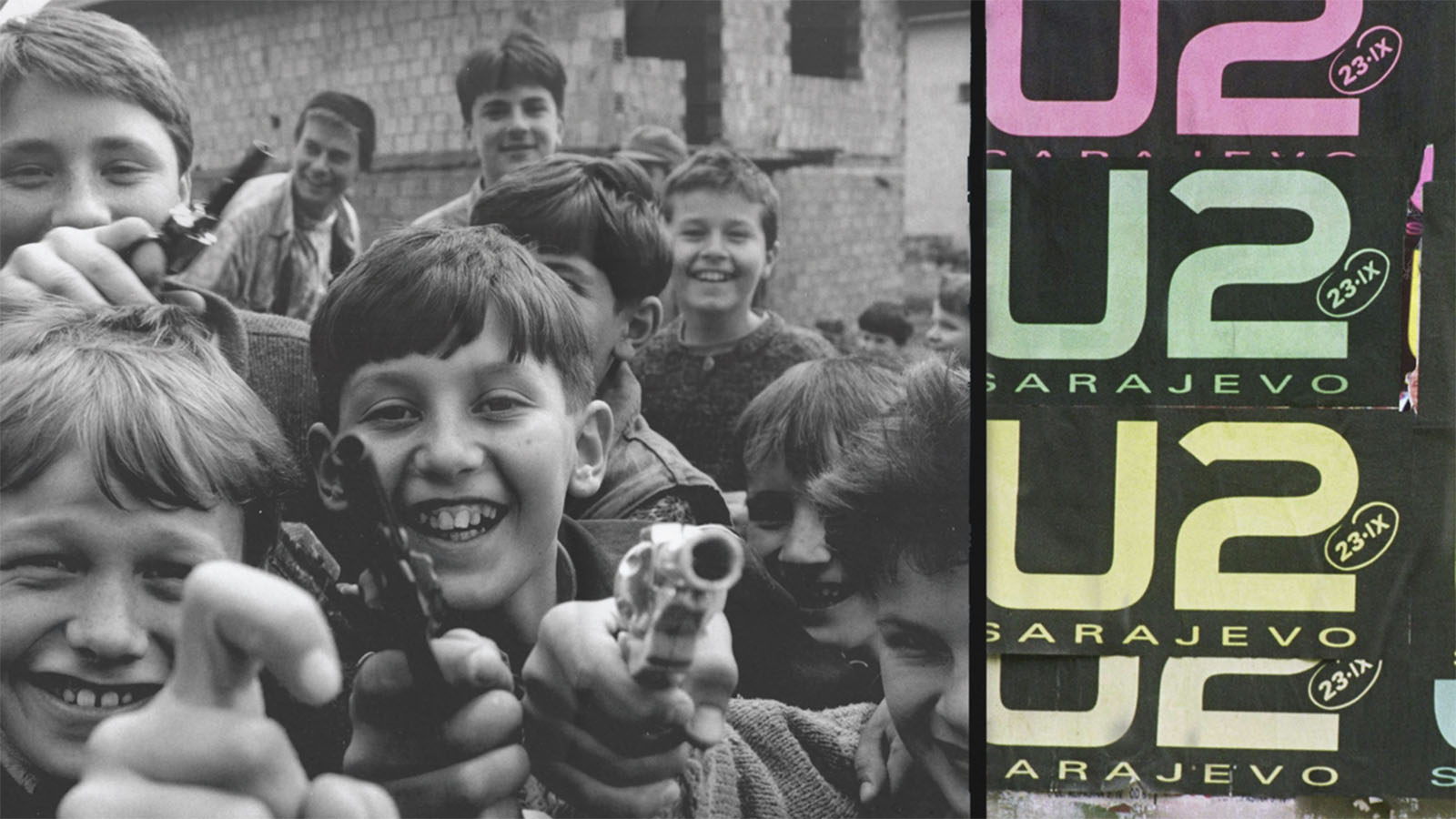
Cutting in Premiere Pro, creating graphics and titles in After Effects, cleaning up photos in Photoshop, and sharing all exports for review through Frame.io, editor Eric Burton says he’s used Adobe products for the past 20 years and has “never had a reason to change course.”
He’s specifically used Frame.io since 2015. “There are a ton of benefits and technical details as to why it’s such an important part of my workflow, but one of the most beneficial aspects is being able to have timecode-specific notes.”
Eric’s favorite feature in Premiere Pro is being able to stack multiple timelines on top of one another. “Having the ability to lasso and drag chunks from one timeline to the next with a simple drag/drop speeds up the workflow exponentially,” he says. “I like to do a selects assembly, then maybe a radio edit, then a sequence assembly. Stack the timelines and boom! A nondestructive way of assembling edits.”
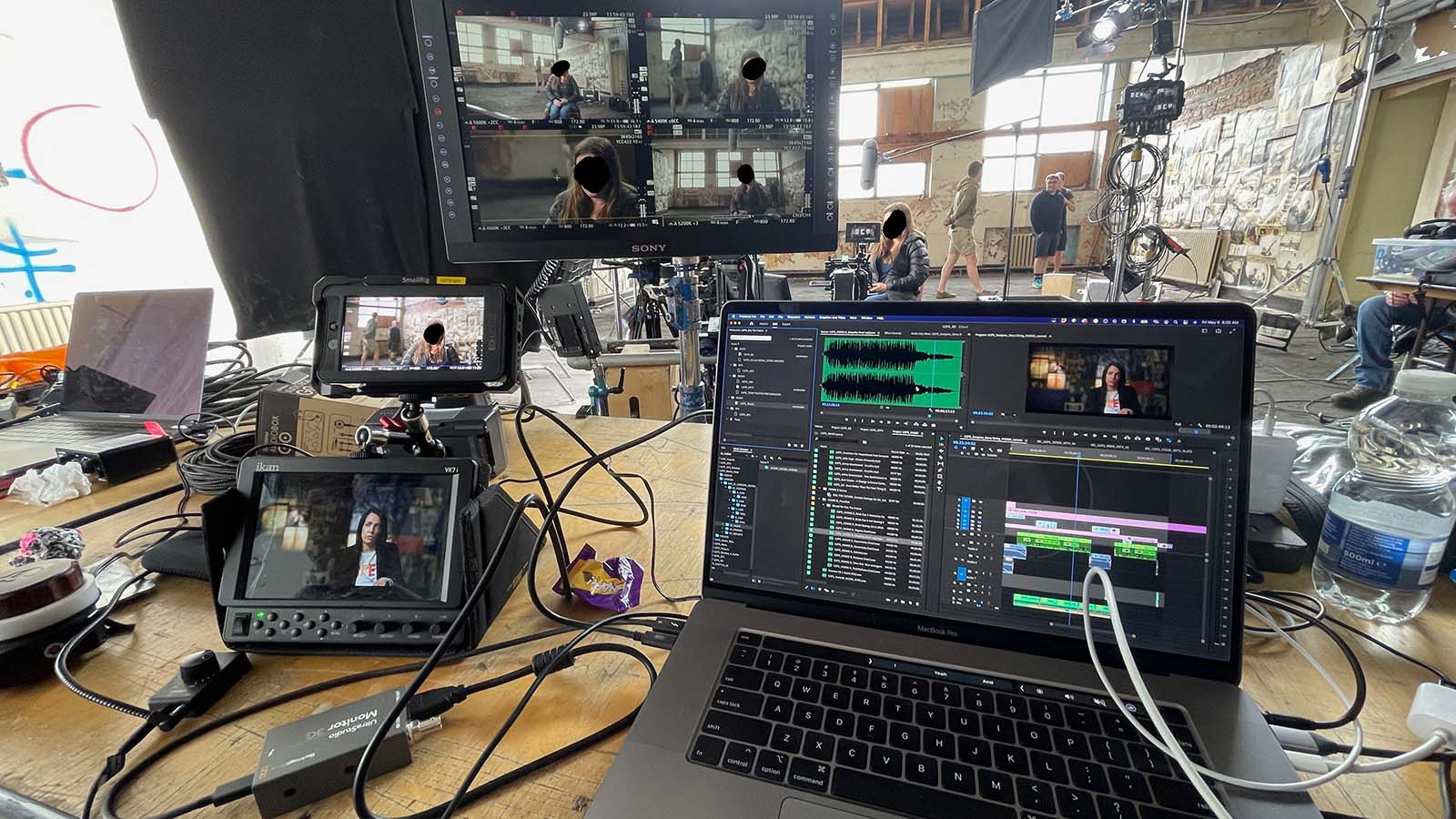
You can read more about Eric’s process in Adobe’s How I Cut This interview.
Tribeca Midnight
PERPETRATOR
PERPETRATOR follows Jonny (Kiah McKirnan), a wild and impulsive teenage girl living precariously in a town where young women continue to go missing, and the power she’s forced to unlock in order to survive. At its core, a horror film inspired by the shared experience of generations of women, PERPETRATOR is equal parts modern mythmaking, thrilling story of revenge, and extraordinary exploration of youthful chaos. According to the Tribeca Festival’s description, it’s a coming-of-age, feminist horror-noir.
Written and directed by horror auteur Jennifer Reeder and edited by Justin Krohn, the film has already gained distribution by Shudder after its North American premiere at Tribeca. Justin says, “Frame.io was invaluable to our production and Avid workflow. With shooting taking place in Chicago, my assistant editor, Ashley Thompson, was also in Chicago and I was in Los Angeles.
Ashley would pick up the dailies from the production office every morning, prep them for me, and then have them uploaded for me to edit. Due to the time change and the fast upload time on Frame.io, dailies were always ready for me to start working at 10am, Pacific time.”
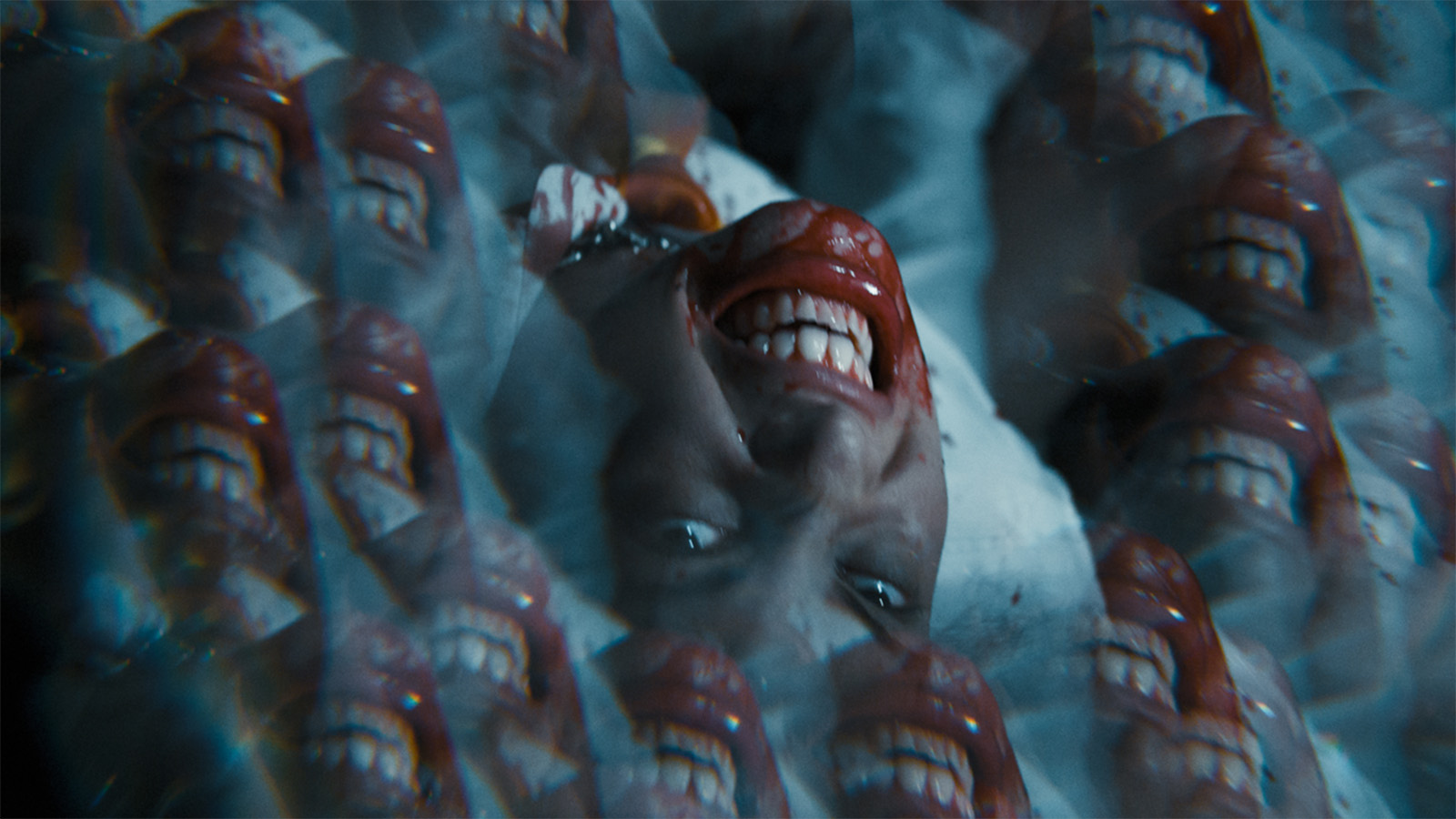
Once production wrapped, Justin was able to send initial cuts of the film back and forth to the director, until she went out to Los Angeles to be in person with him. At that point Justin’s long-time assistant editor, Chris Guiral, started on sound design and temp VFX.
“Due to Covid protocols and wanting to save on facility costs, we were both working from home, so we utilized Frame.io to exchange edit bins and media between our projects to keep our workflow uniform and efficient. Then, once picture was locked, Chris was able to do all our turnovers and upload them to Frame.io for our picture, sound, and VFX teams,” Justin explains.
“For a film of our size, Frame.io made it possible, and very affordable, to have all our teams working remotely and exchange media in an efficient way. I can’t recommend it enough and will use it on all my projects moving forward,” he says.
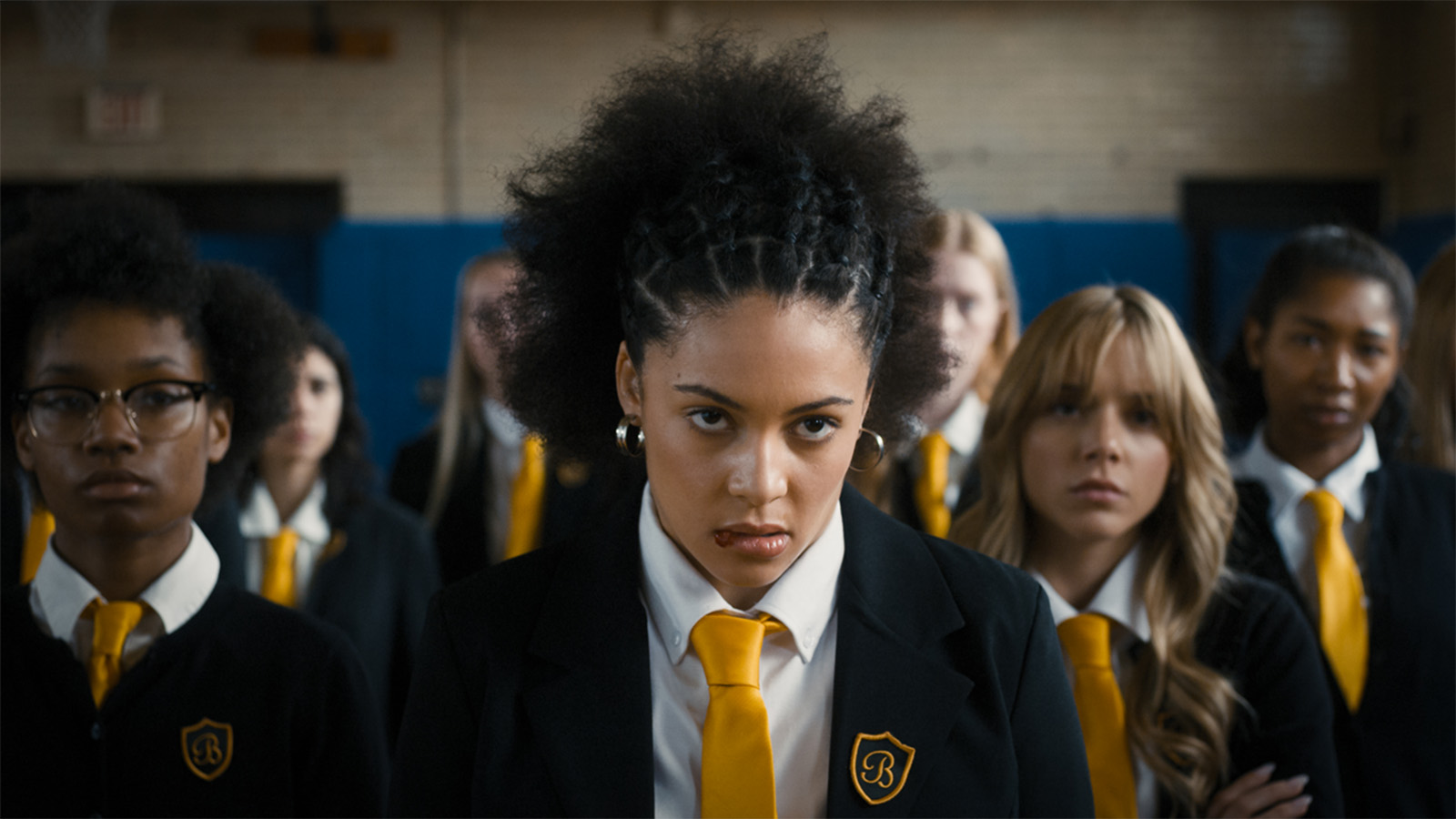
Tribeca Spotlight+
Rather
Chronicling the extraordinary life and career of newsman Dan Rather is no small feat. In his 91 years on Earth he’s documented some of the most pivotal moments in human history from the 1960s Civil Rights Movement and the assassination of JFK to the Vietnam War and the Watergate scandal.
After a story he pursued about President George W. Bush’s military record led to his departure as anchor of CBS Nightly News, Rather refused to be sidelined and, instead of living out his golden years fly fishing and playing with grandchildren, he has reinvented himself as a social media icon and influencer.
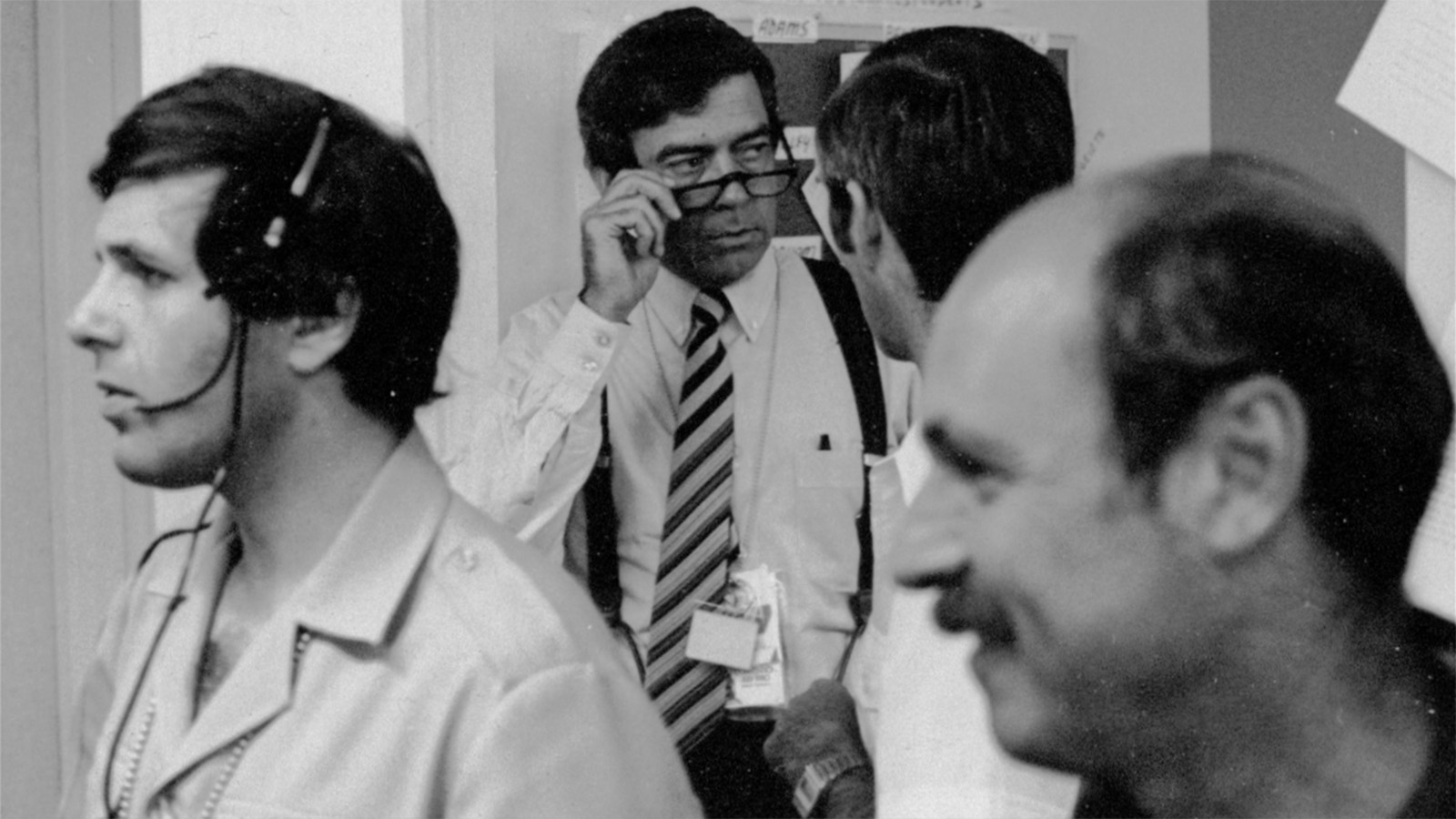
Editors Joe Fenstermaker and Curtis McConnell worked with a widely distributed team including director Frank Marshall (Los Angeles), writer Dan Crane (UK), and a variety of producers. Distributing cuts and assets through Frame.io was important to bringing the far-flung filmmakers into one virtual room. But with a lengthy production/post schedule, a vast quantity of archival footage to view and cull, and a complex story to craft, Frame.io became essential.
Fenstermaker recounts the way another editor familiarized herself with the footage before starting the project—by listening to the interviews on her phone in Frame.io while walking her dog. “You’re not going on a dog walk with an Avid,” he says. True, that.
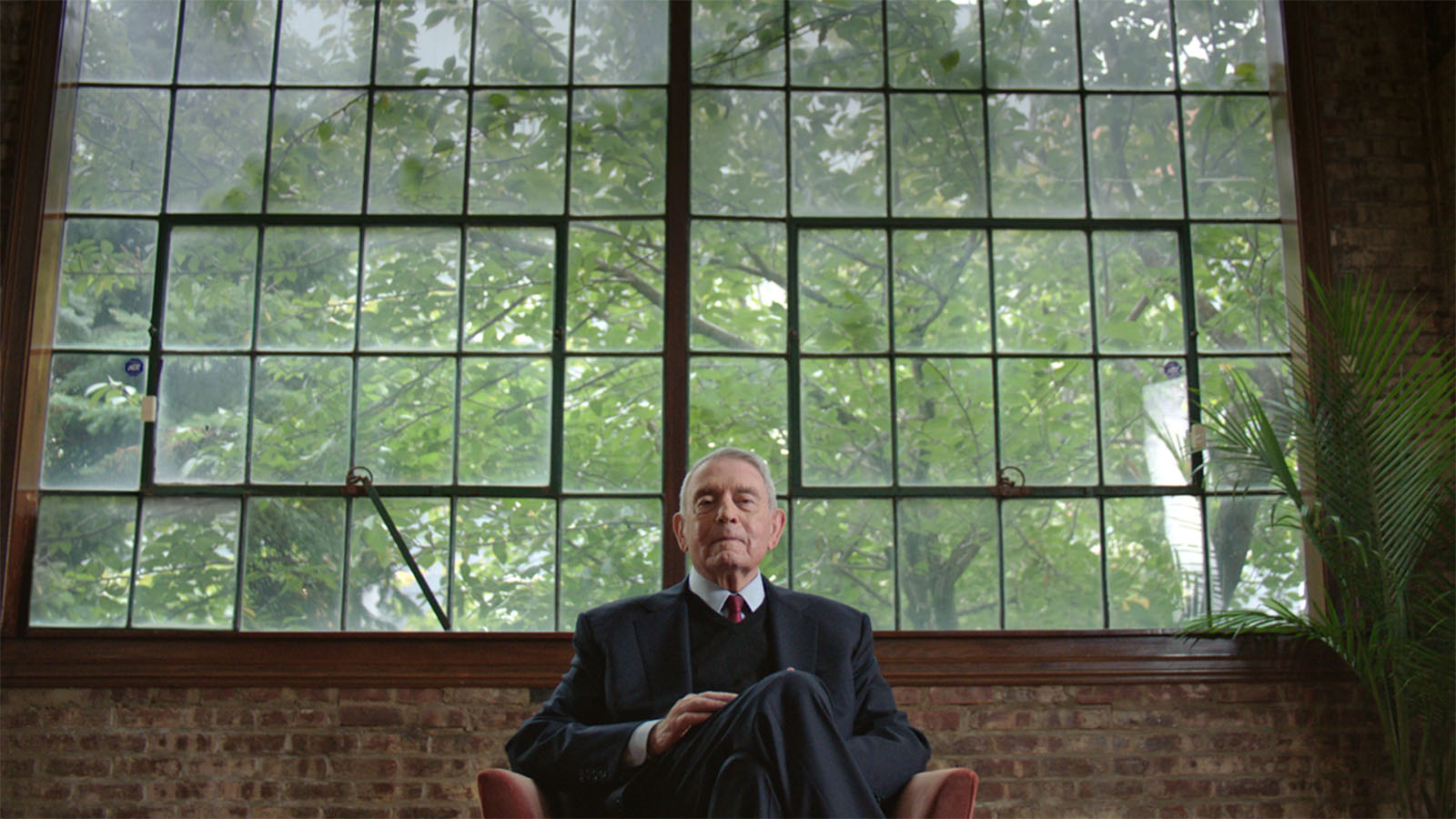
You can read more about Joe’s process here.
Songs About Fucking
Director James Gallagher gives us a glimpse into the phenom that is Marc Rebillet, a Texas-bred musician, comedian, and artist who has created a passionate community of followers.
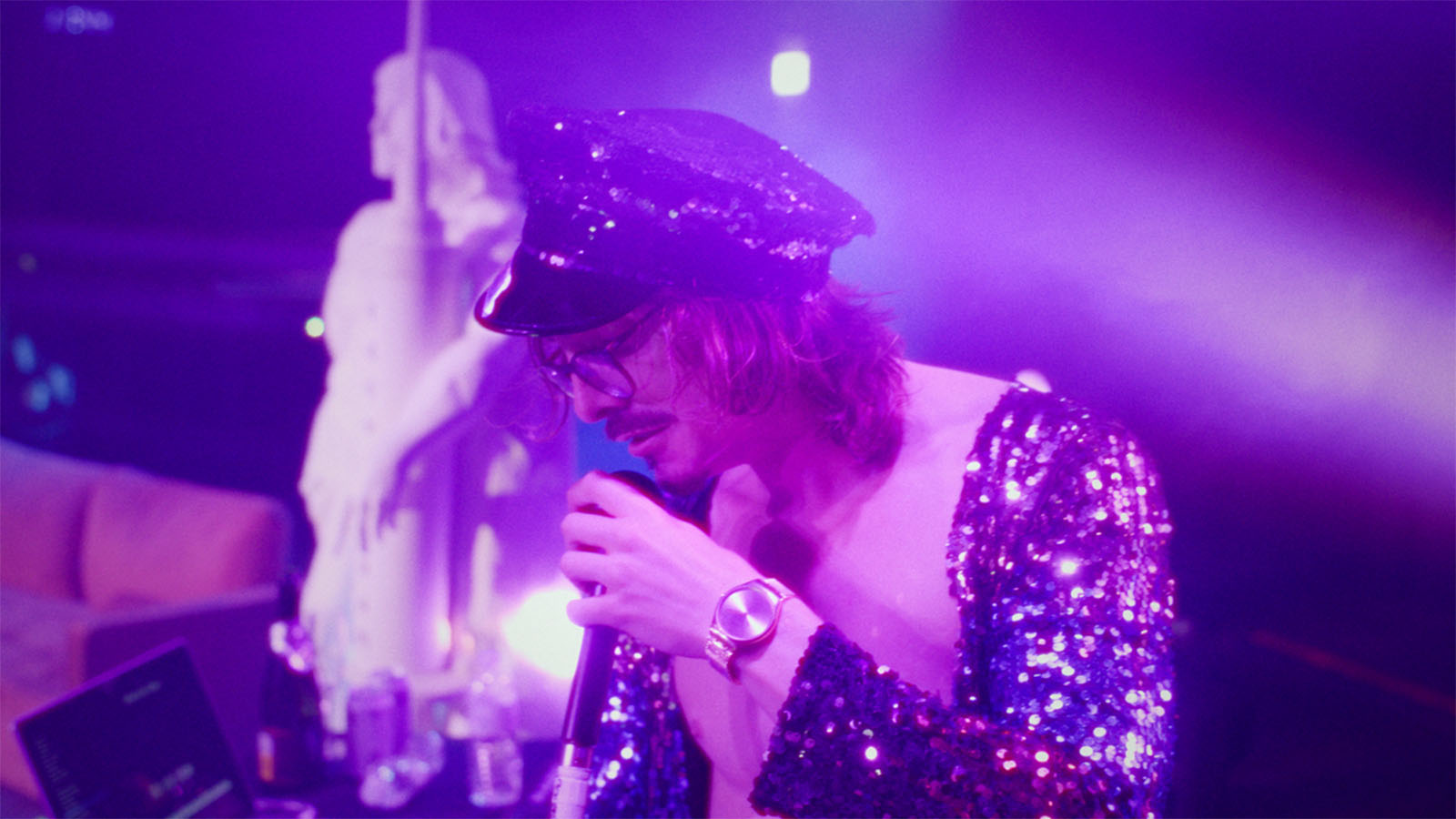
Gallagher and editor Chris Amos used Frame.io “the entire time,” Gallagher says. He shot the movie alone without any other photographers and was living on a tour bus for eight weeks. He had three cameras and would shoot for 12-15 hours a day. Late into the evening, he’d download footage, put it on drives and ship it off to the AE to transcode and put it in Frame.io so the team would be able to watch dailies, review, and edit.
Amos cut in Premiere Pro, and used Frame.io as primarily a file-sharing service, since he was in Chicago and Gallagher was in New York. “We went old school and duped a copy of his drive and he shipped it to me,” Amos says. “Then, I would post scenes or edits to Frame.io or send Premiere project files (with single sequences in them) to him to review. Those project files easily relinked to the footage he had on his end.”
Amos talked about his approach to this film, preferring to organize his footage in sequences rather than in folders with clips and subclips. “If it’s a documentary, watching a day’s worth of footage from start to finish as one idea is great. Or, if there’s more intention behind the shooting, having sequences arranged thematically by those concepts is ideal,” he says. “Watching the footage as it naturally exists is the goal. I want to create my own opinions about how to use it.”
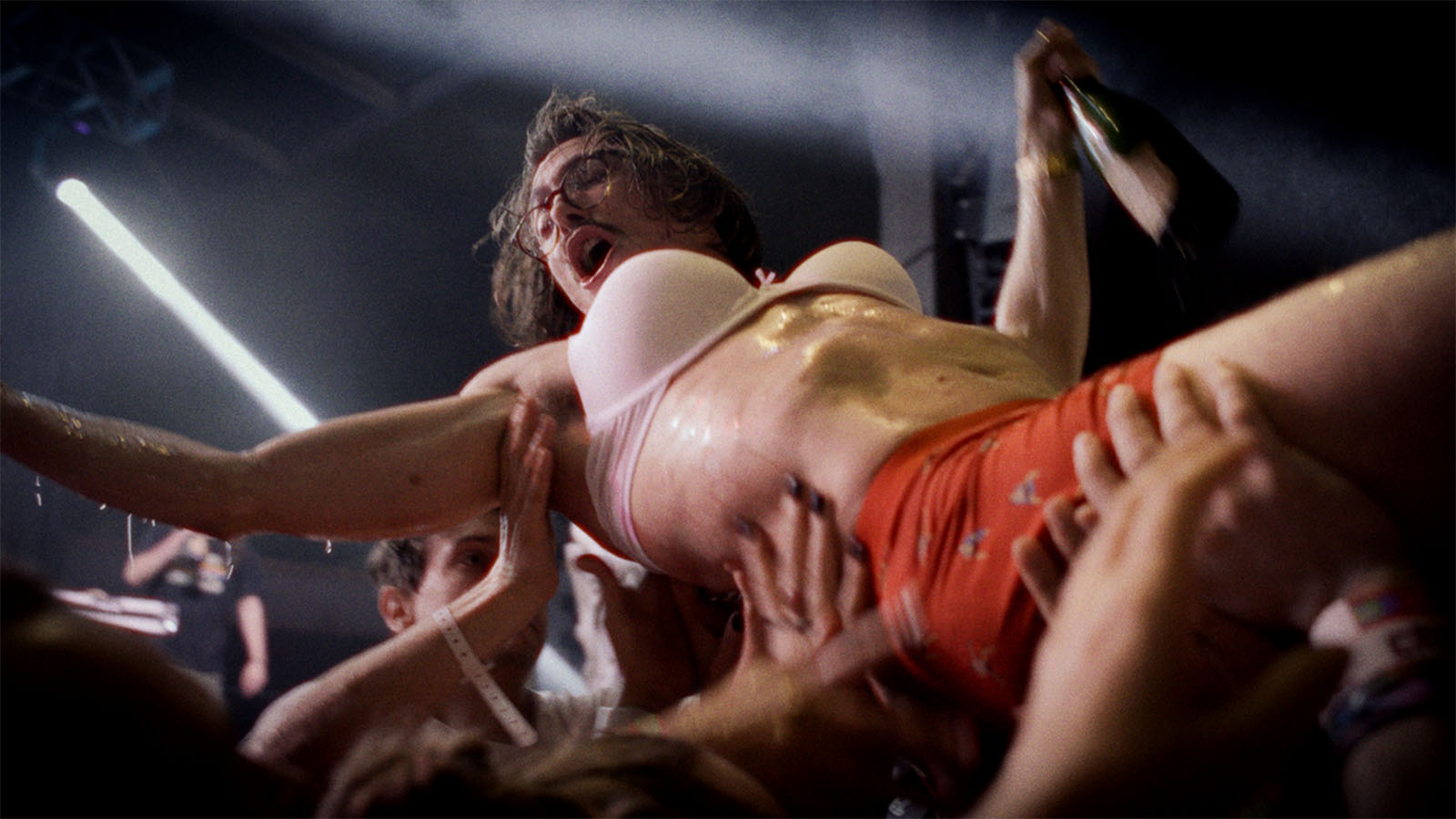
Gallagher appreciated being able to see his footage in a way that helped inform his creative process. “I’m indebted to Frame.io for allowing me to get a sense of what I was shooting and if it was working or not—and then in the distributing process to producers. It’s the most reliable video sharing platform.”
Waitress, the Musical – Live on Broadway!
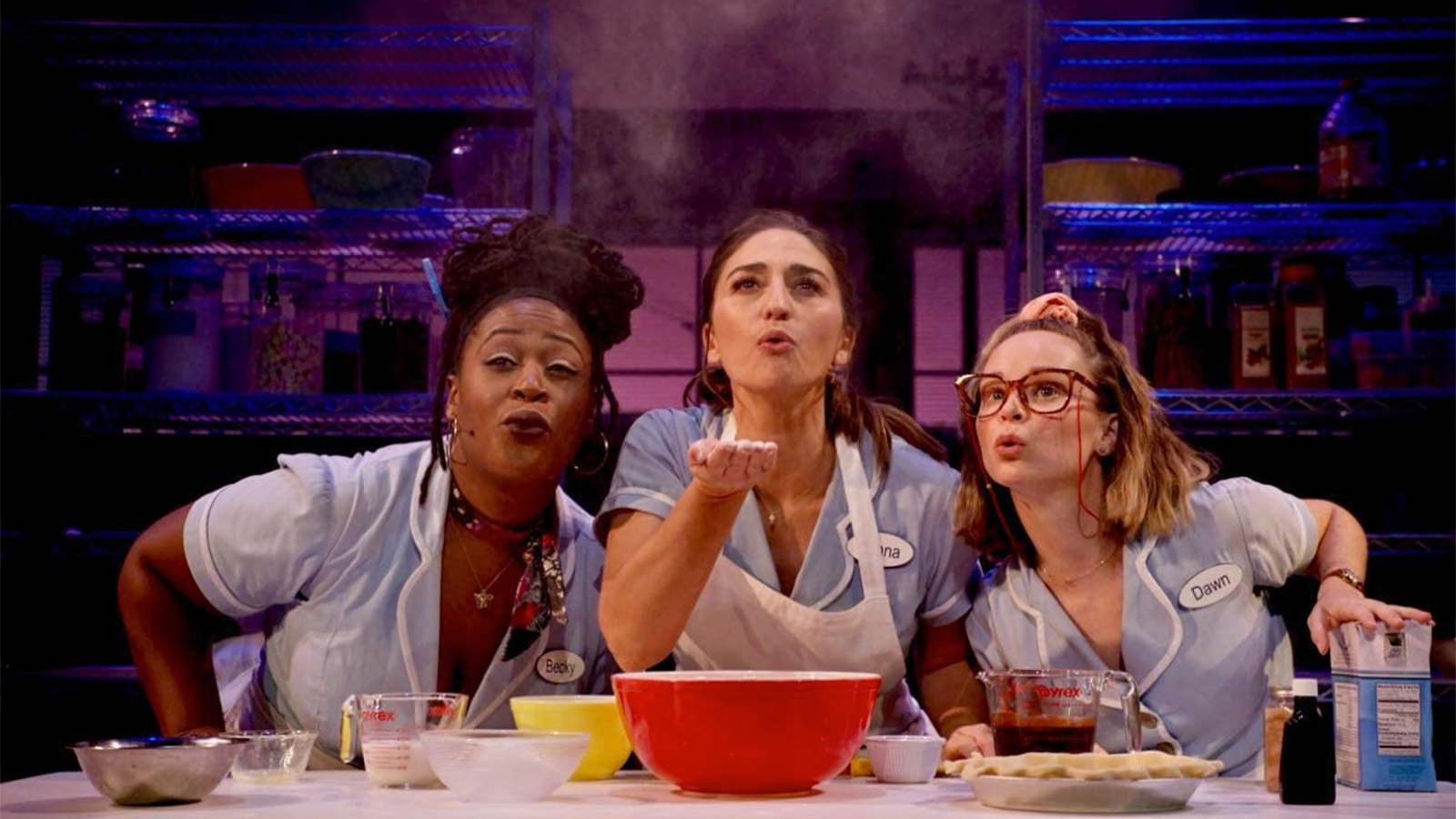
With music and lyrics written by Sara Bareilles, Waitress, the Musical became an instant hit on Broadway. This film of the live Broadway performance, directed for the screen by Brett Sullivan, tells the story of a pregnant waitress who bakes pies. It’s 144 minutes of all the good feels, with Bareilles back in the title role.
Editor David Tregoning chose Premiere Pro and Frame.io to cut Waitress. “The main Adobe features we used were multicam sync at the beginning of the projects, EDL, XML, and AAF round-tripping, and also the Frame.io integration.”
David explains, “We’ve been using Frame.io pretty much since the beginning. It’s simplified the process of both internal and client feedback immensely. The ability to import timecode comments as markers directly into a Premiere Pro sequence is really handy, and the ability to password protect files is also a great addition.”
You can read more about David’s process in Adobe’s How I Cut This interview.
Tribeca Spotlight Documentary
Every Body
Oscar-nominated and Emmy-winning director/producer Julie Cohen (RBG) is back with another essential documentary. Following three intersex individuals who were surgically assigned to their gender well before they could have given consent, Cohen takes a necessary look at the inadequate (and unnecessarily cruel) medical treatment of intersex people and their difficulties thriving in a binary world.
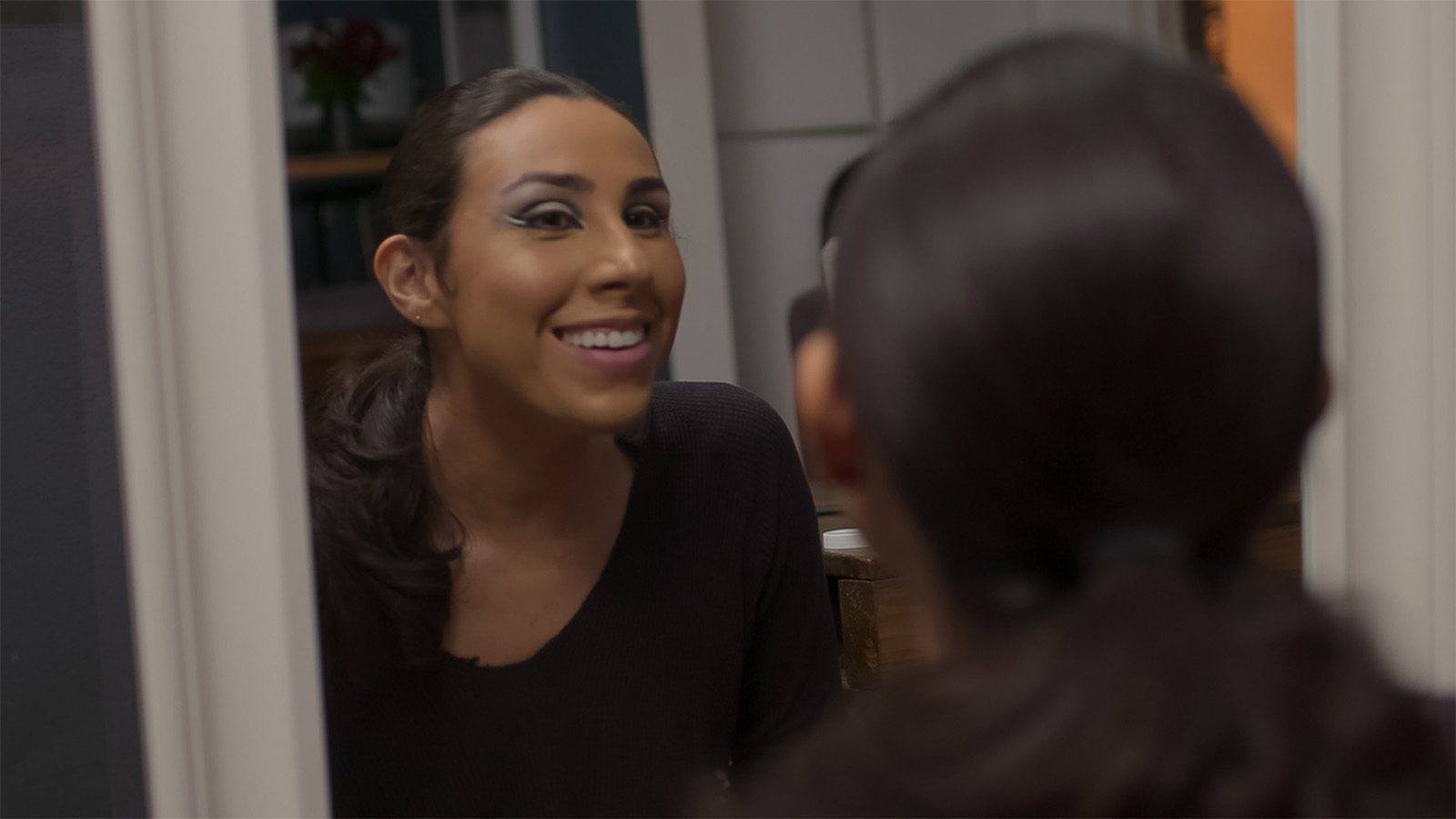
Yet the film offers hope, documenting these three people and their activism to raise awareness and create community for both intersex people and the people who care for them. Educational, heartbreaking, and inspiring all at once, Every Body shines a much-needed light on the nonbinary experience.
Julie found Frame.io incredibly helpful for quickly watching through approximately 80 hours of original verité and interview footage, and approximately 60 hours of archival footage. If you do the arithmetic, going through it at 1.75 speed saved her a lot of time. But her favorite feature? Being able to scrub through thumbnails of verité footage to quickly spot the best moments.
Editor Kelly Kendrick chose to edit in Premiere Pro because he finds it to be overall faster for the way he likes to work. “I love how quickly you can get a temp audio mix going in Premiere using brackets. Being able to keep multiple timelines open is super helpful. I also use Extend Edit constantly. It’s so fast, simple, and perfect. It’s very good for getting music to land exactly where you want it, to get rid of flash frames, or to close a gap. It does it all!”
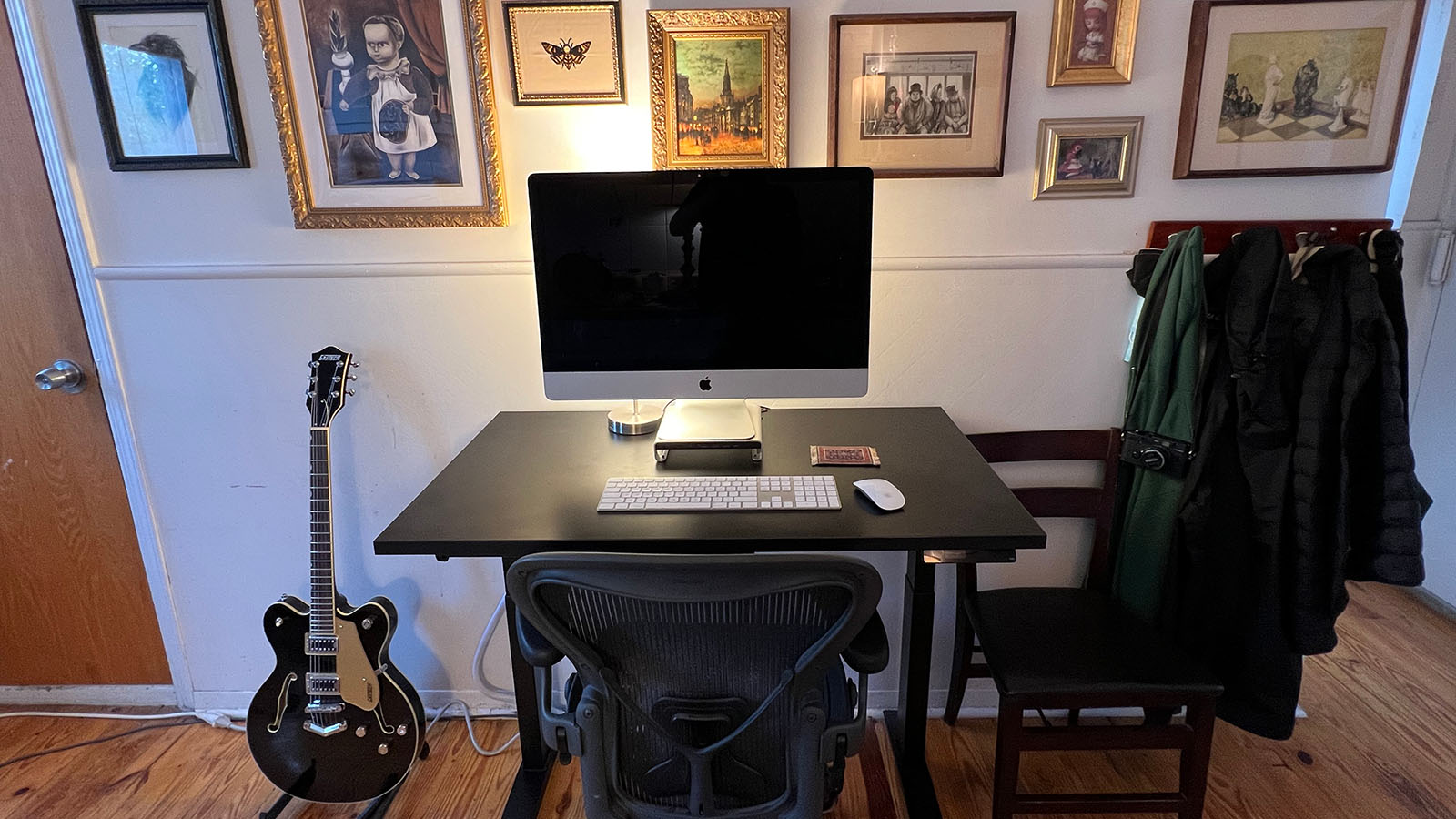
We’ve taken a deeper dive into this project here. And you can mark your calendars for the film’s theatrical release on June 30 if you don’t make it to Tribeca! Meanwhile, you can also read more about Kelly’s process in Adobe’s How I Cut This interview.
Happy Clothes: A Film About Patricia Fields
Legendary costume designer Patricia Fields finally appears in front of the camera in the star-studded documentary directed by Michael Selditch.
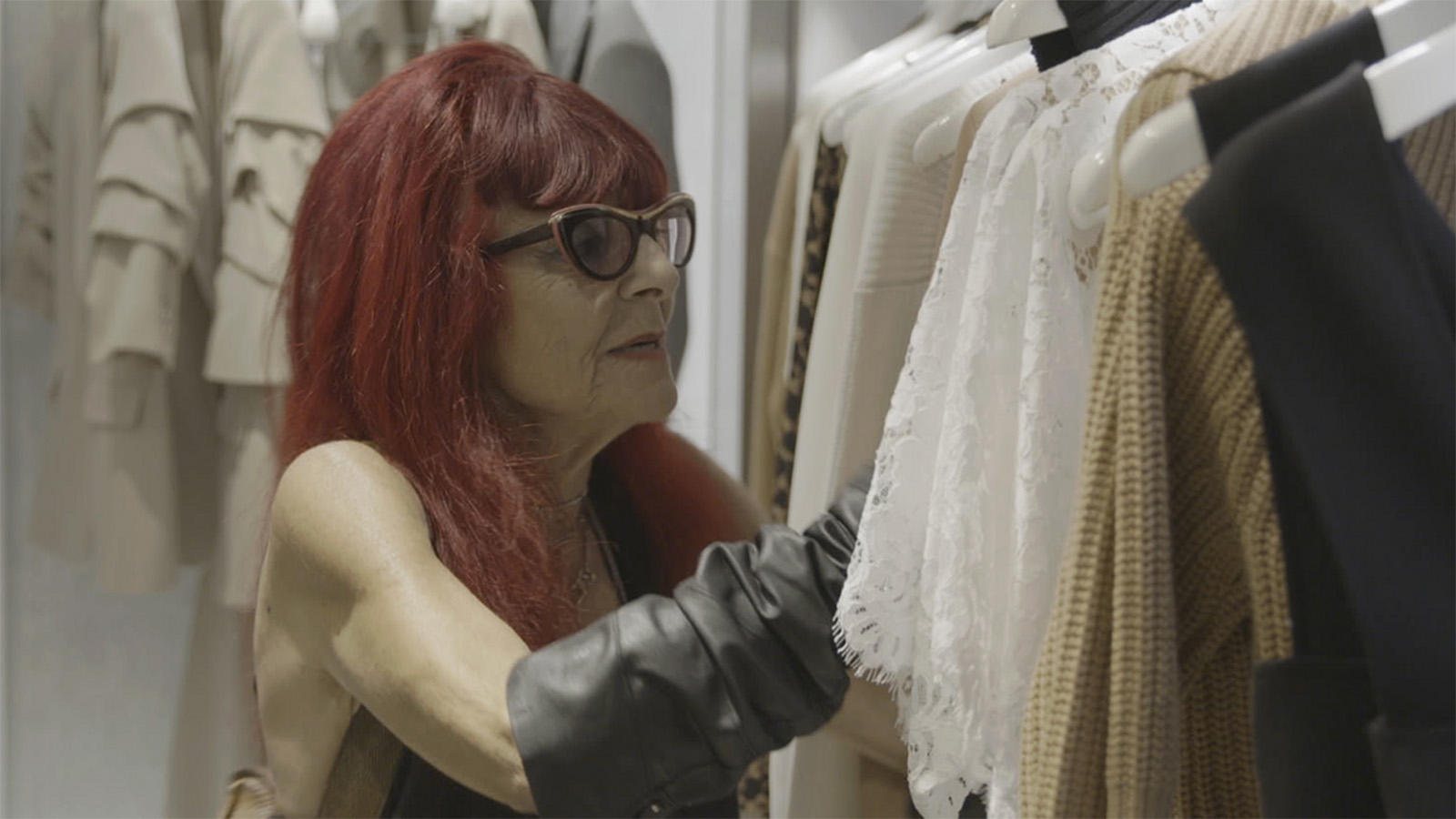
Loaded with interviews that include Kim Cattrall, Darren Star, and Sarah Jessica Parker (Sex and the City), Lily Collins (Emily in Paris), and Michael Urie and Vanessa Williams (Ugly Betty), Selditch explores the thought process behind Fields’ designs, along with her support for artists Keith Haring and Jean-Michel Basquiat.
According to editor Robert Tate, the post-production for Happy Clothes was “all over the place, literally.”
The media managers at the New York offices of Zero Point Zero Production ingested the original 4K camera footage into the Avid, logged it, synced and grouped 1080pHD proxy versions of the footage, and loaded it. They also started “a massive archival library of raw, verité footage from the 1970s to early 2000s of Patricia’s eponymous boutique, home videos, family photos, and Pat’s TV shows and movies onto a 24TB G-raid drive, which I then plugged into my little MacBook Pro laptop in Los Angeles to edit the whole shebang on my subscription-based Avid Media Composer,” Tate says.
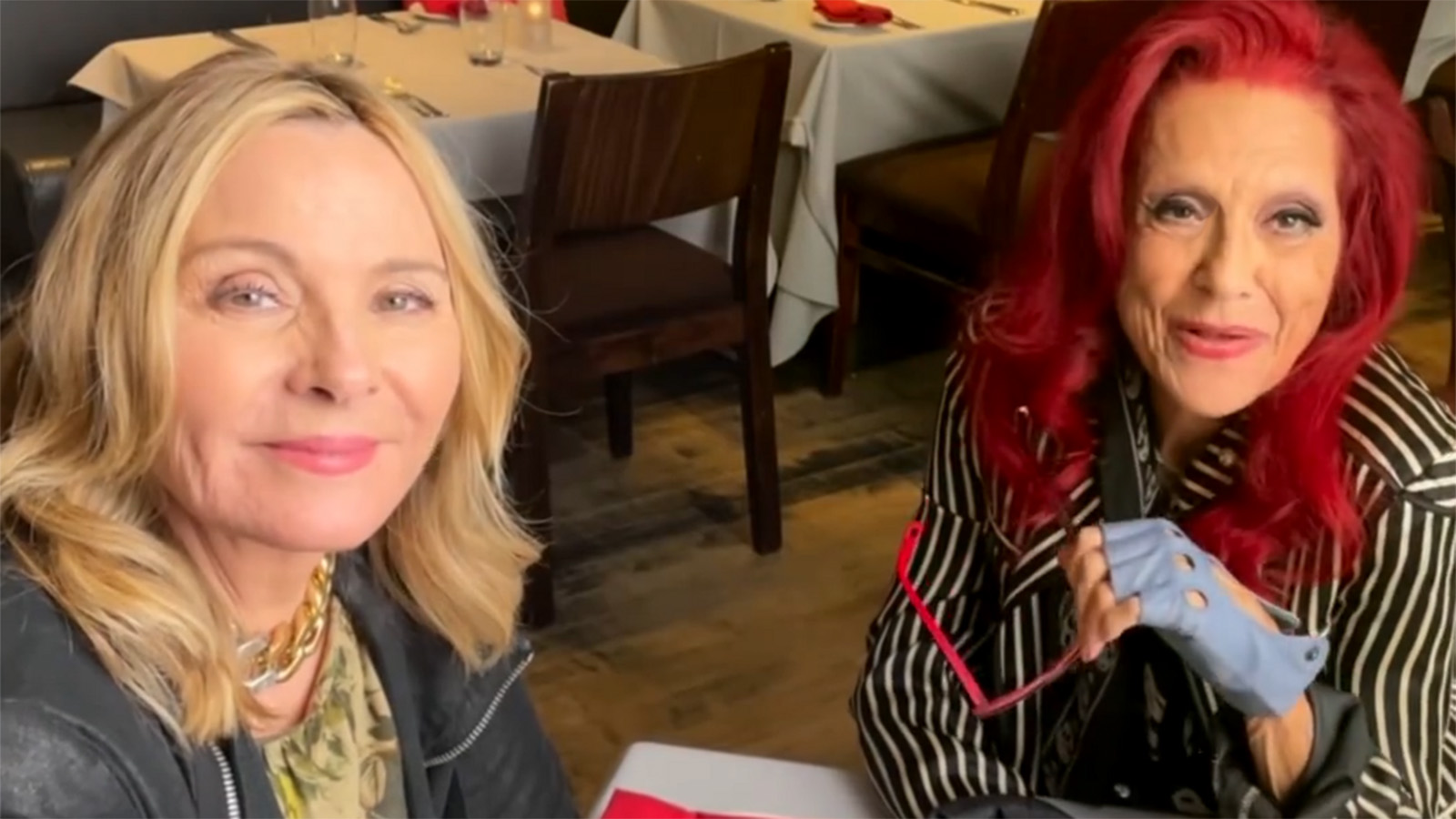
The one application that kept it all together was Frame.io. “Our director could review synced raw footage and mark it up with notes, which I would use to create edits. I could then export movie versions of my timelines directly to Frame.io, which he could then watch from anywhere with an internet connection, and post his notes directly to the movie file at the exact spot he wanted in the timeline. We basically set up the same folder structure—albeit simplified and pared down—on Frame.io that we used in the Avid, and Frame.io became the watch-anywhere, write-anywhere proxy for the Avid itself. I used After Effects and Photoshop a great deal in the film, as well.”
Milli Vanilli
If you were around in the late 1980s, you couldn’t miss Milli Vanilli. With their first album going platinum six times and a Grammy award for Best New Artist, they were the undisputed kings of pop duos. And then things went very wrong. The controversy that led to their Grammy being rescinded is chronicled in director Luke Korem’s documentary—with participation from Fabrice Morvan, the surviving member of the duo.
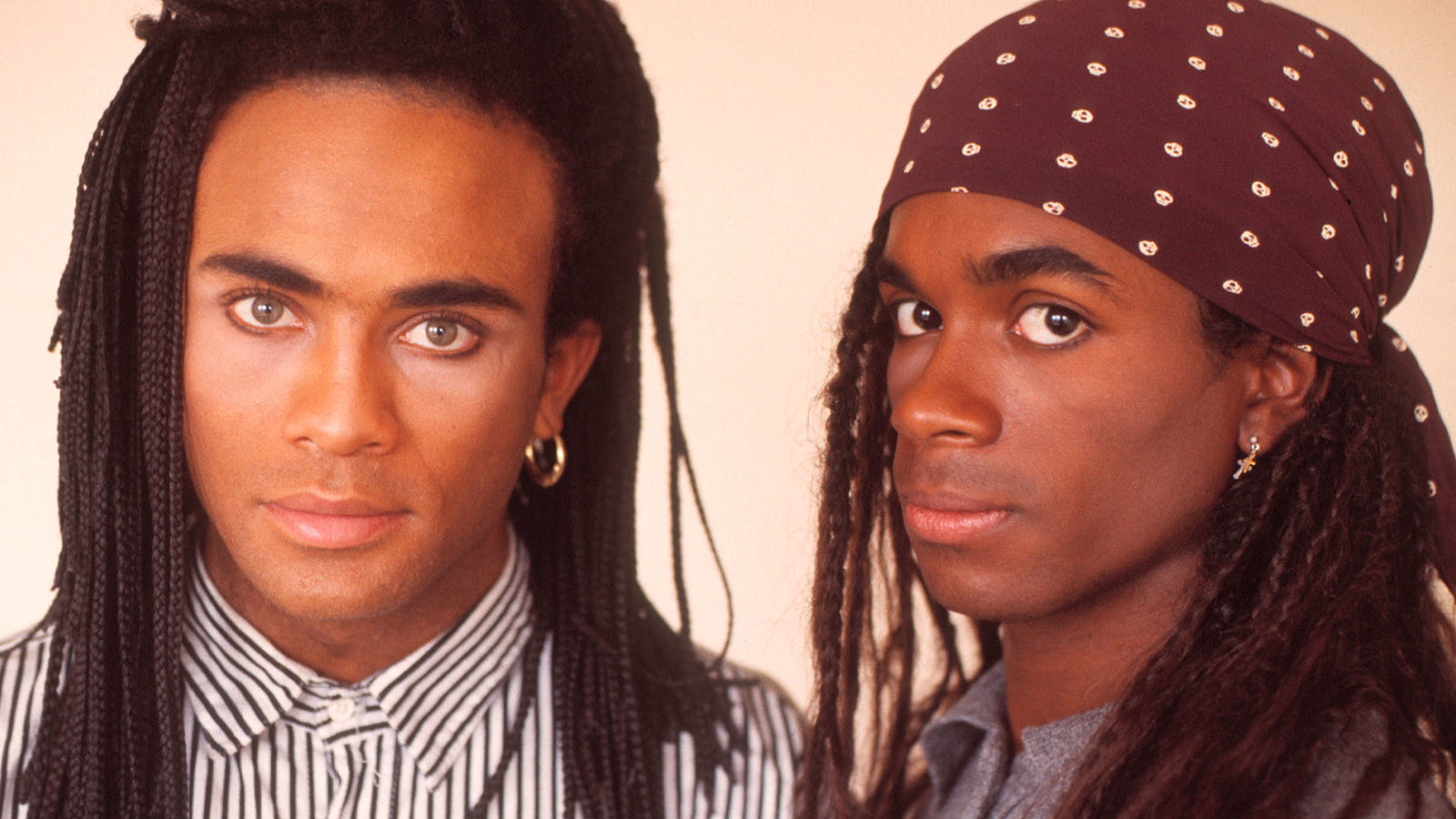
The entire team used Frame.io throughout post-production, citing different reasons for why it helped them. Luke says, “I live in Austin and was working with a colorist—Shane Reed—in Los Angeles. Frame.io allowed me to clearly and accurately communicate notes on the first pass. This saved a lot of time and money, and allowed us to get on the same page quickly. This was my first experience with Frame.io and I loved the ease of use and efficiency it brought to our workflow.”
For their parts, Ali and Shane Reed of Mom&Pop (the color and finishing boutique) agree that “Frame.io allows us to quickly and efficiently collect notes from clients. Whether it’s finessing the color or revising a lower third, we love having all the notes in one place. It eliminates the email chains where things can get lost or be unclear. We import the notes directly from Frame.io into Resolve and we’re off! No hunting and pecking for timecodes.”
And then there’s assistant editor Kevin Carey who says, “Frame.io allowed me to keep our legal team up to date with the latest cut of our film. Security is one of our top priorities when distributing links, and Frame.io’s interface is both intuitive and secure for outside users. Because our film contains such a high volume of archival material, it was important to have software that allowed for ease of upload and sending.”
Rise – The Siya Kolisi Story
This powerful documentary chronicles the life and success of Siya Kolisi, the first Black captain of the South African rugby team, the Springboks. Director Tebogo Malope tells the story of how the team, a national institution associated for more than a century with white Afrikaner rule, won their record-tying third Rugby World Cup under Kolisi’s leadership.
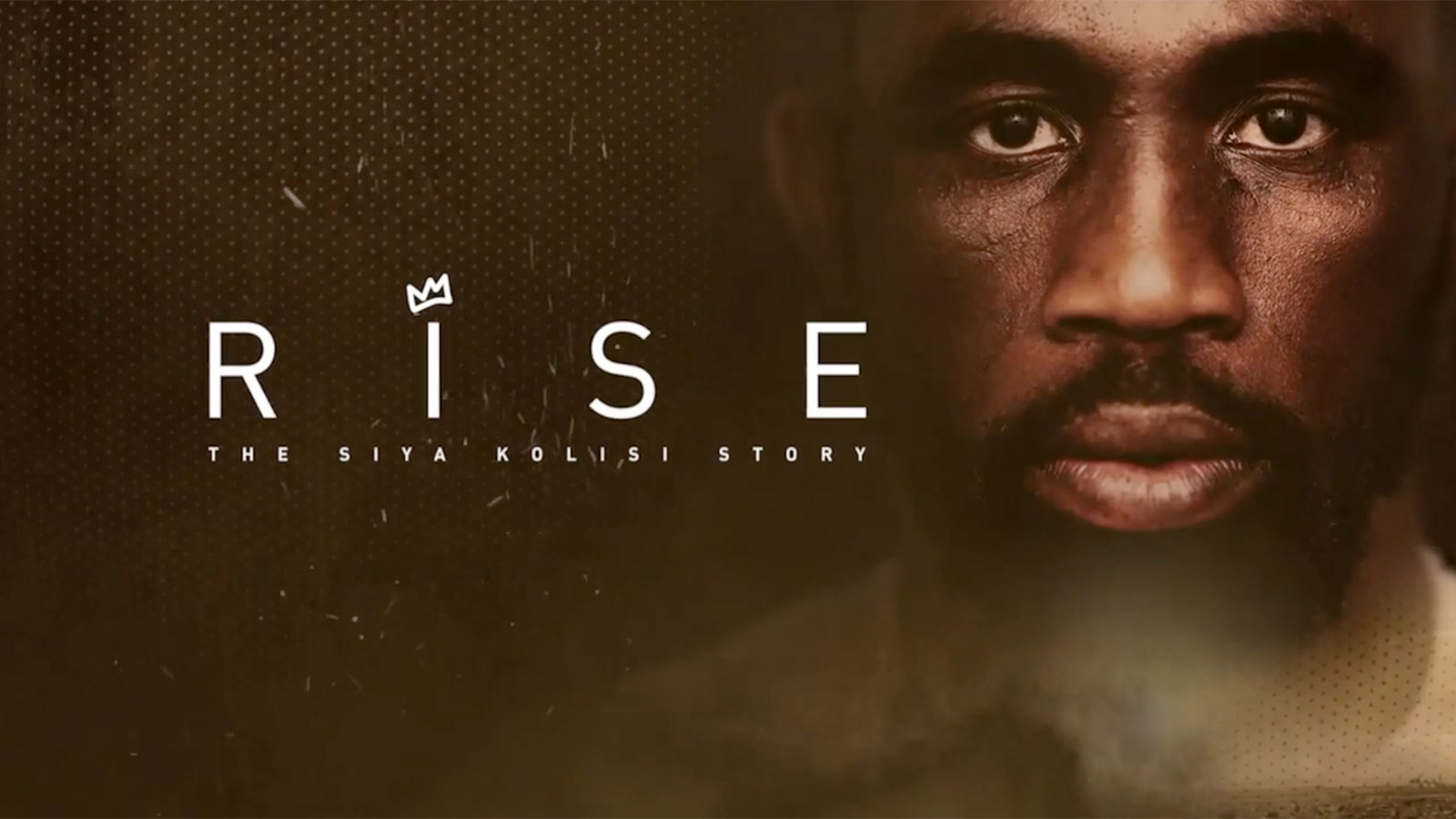
Editor and music composer Ebenhaezer Smal cut on Final Cut Pro using Frame.io for the offline and online process. “What made it particularly useful to the workflow was the ability to not only upload the work-in-progress edits, but also the XML for the grader. Having everything in one place makes the workflow so much cleaner and efficient.”
As is the case with many documentaries, the schedule was lengthy. “It took three years to put together because of shooting schedules, COVID, and Siya Kolisi’s availability,” Eben says. “Having the team comment, download, and upload to one space with the option of downloading in low res made it possible for the director to approve sequences on the fly on his phone while he was traveling.
The ability to customize your folder structure and accessibility for certain members of the team makes Frame.io a must-have for me.
It also gave him on-the-spot direction of what he should ask the interviewee after seeing an offline sequence of where the interview snippet would be inserted. The ability to customize your folder structure and accessibility for certain members of the team makes Frame.io a must-have for me.”
Eben also appreciates Frame.io’s intuitive user interface. “I’m more of a creative, rather than technical. The user friendliness of the platform works perfectly for me, and I use it for both my offline edit projects and my music composing projects.”
Tribeca Spotlight Narrative
Cold Copy
Directed by Roxine Helberg, Cold Copy delves into the business and ethics of creating compelling news stories. Tracee Ellis Ross stars as an esteemed news reporter who mentors an ambitious journalism student (Bel Powley), who plays fast and loose with the truth in her quest for success.
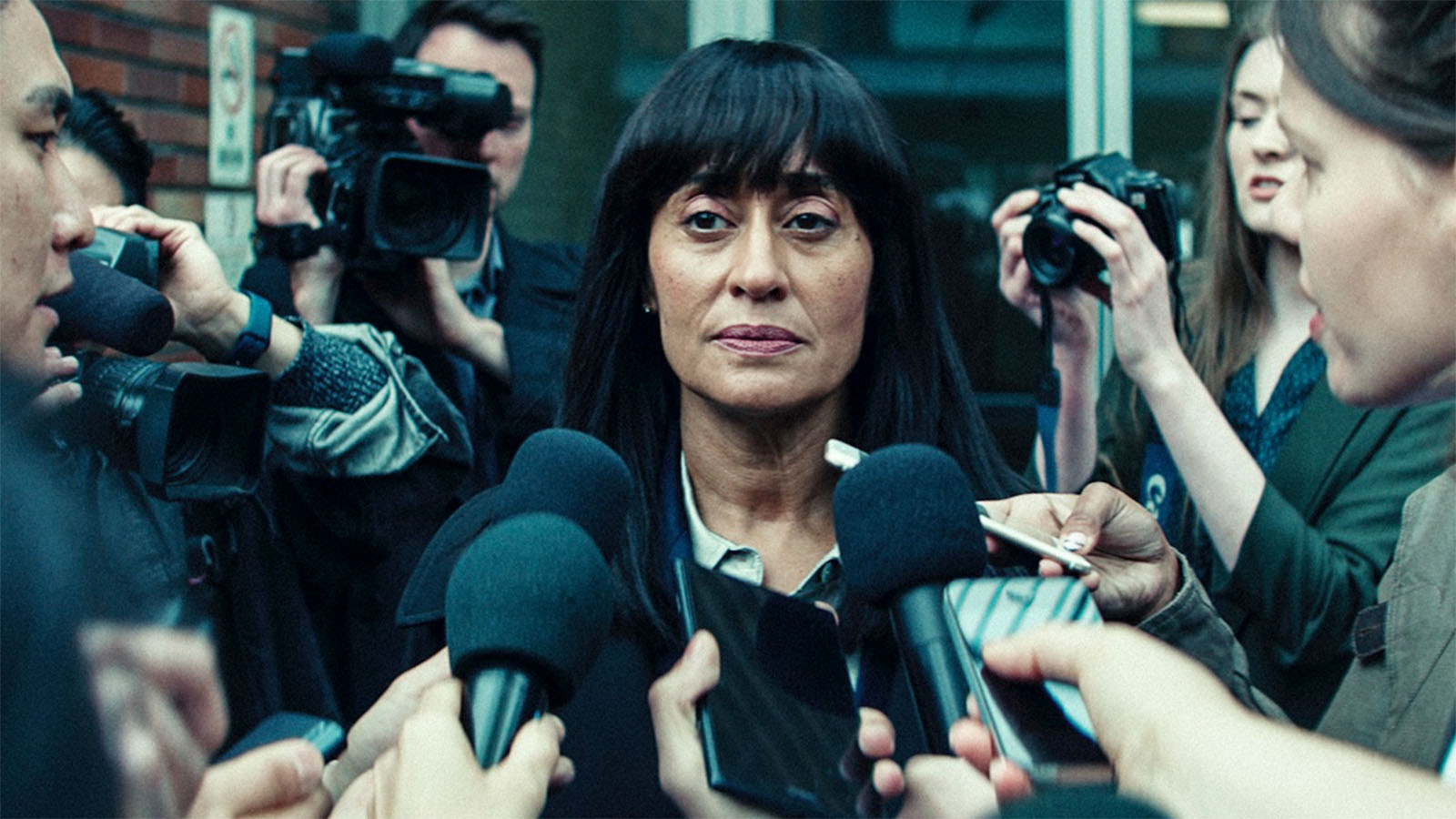
Editor Arndt-Wulf Peemöller cut on Avid, using Frame.io throughout the entire process. “We used Frame.io from the first day of principal photography all the way through the end of post-production,” he says. “It was our way of distributing dailies during the shoot, sharing cuts between the director and me, sending out cuts for the producers’ reviews, and QC-ing the final product amongst the entire creative team.
Aside from the actual editing, which I did in Los Angeles, most of the post-production was completed in Vancouver so Frame.io was essential for having a central hub to keep everyone involved.”
Peemöller also says that they shared cuts with potential distributors and press throughout various stages of the production, and found it “incredibly helpful to have all feedback in one hub for every version of the film.”
Eric LaRue
Touching on timely themes surrounding faith, forgiveness, and atonement, Michael Shannon’s directorial debut is sure to be an event. Based on Brett Neveu’s 2002 play about a mother coping with the fallout after her son murders three of his high school classmates, the cast includes Judy Greer and Alexander Skarsgård giving powerful performances.
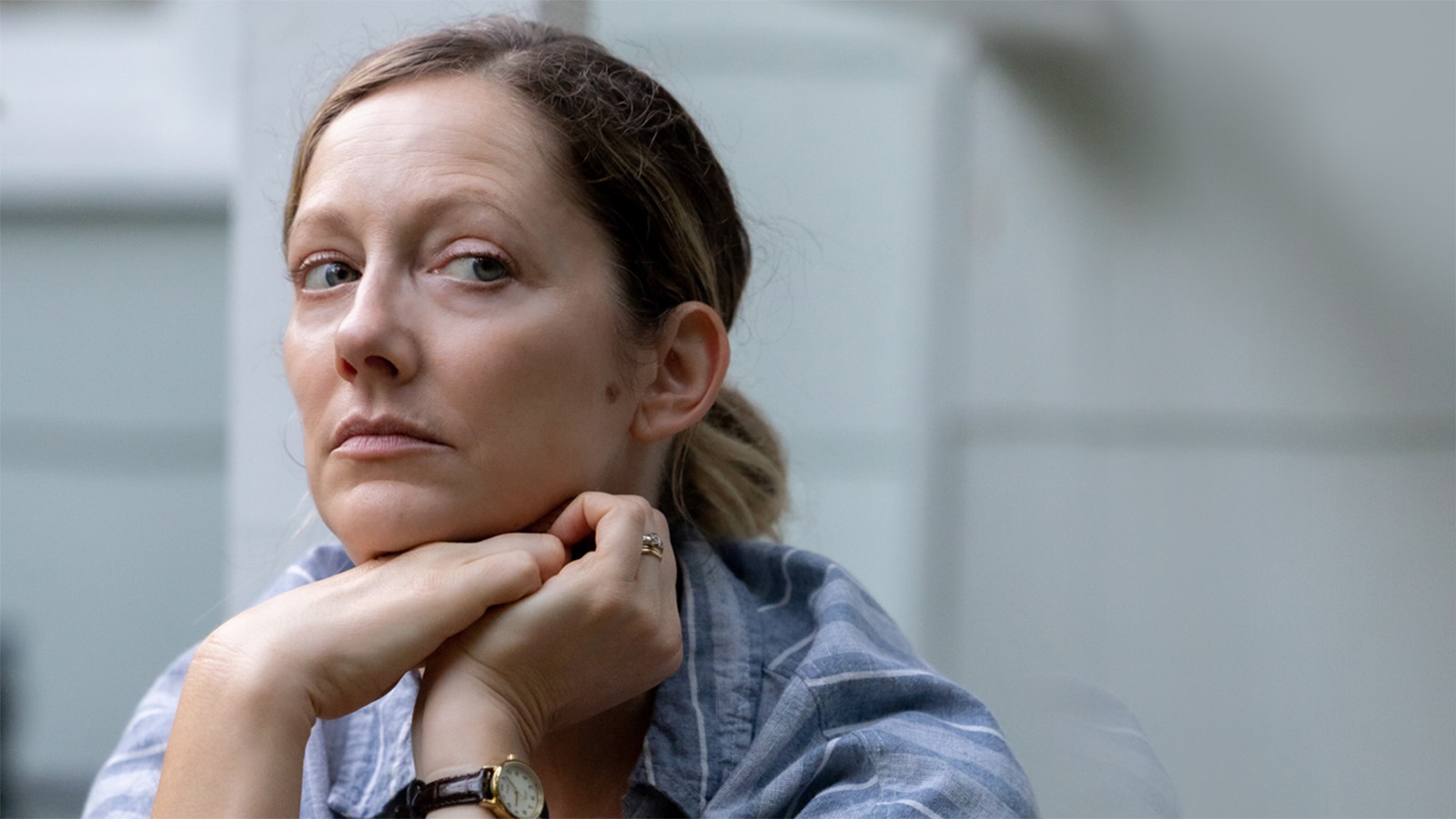
As was the case with a number of the films, editor Mike Selemon cut on Avid, using Frame.io from principal photography through the end of post-production. “During the shoot, dailies media would be sent from the DIT to editorial where we would sync picture and audio together. We would then generate screening H264 clips of each take. Those clips were then uploaded to Frame.io,” Mike says.
“A screening link was created for each day and sent out for the crew to review—each shooting day had its own folder within a bigger ‘Dailies’ folder. Also, during the shoot, a private folder was created where I shared assemblies with Michael [Shannon, the director], and the producers.”
Tribeca TV
The Golden Boy
Taking a close look at boxer Oscar De La Hoya, this two-part documentary focuses on the man behind the mythology. Directed by Fernando Villena with executive producers Mark Wahlberg and Mario Lopez, it’s a touching examination of his remarkable life and accomplishments, including winning an Olympic gold medal for his dying mother that earned him the title “The Golden Boy.”
Villena describes the experience. “Making The Golden Boy was a unique opportunity to tell a raw and unvarnished story about a complicated man in his own words. Oscar didn’t want to sugar coat anything. Nothing was off limits.”
Also not off limits? Villena may have been using Frame.io to make notes on a project during his recent honeymoon. “I don’t think I’ll be able to work on a project without it. It’s so smooth and efficient. Nothing really compares,” he says.
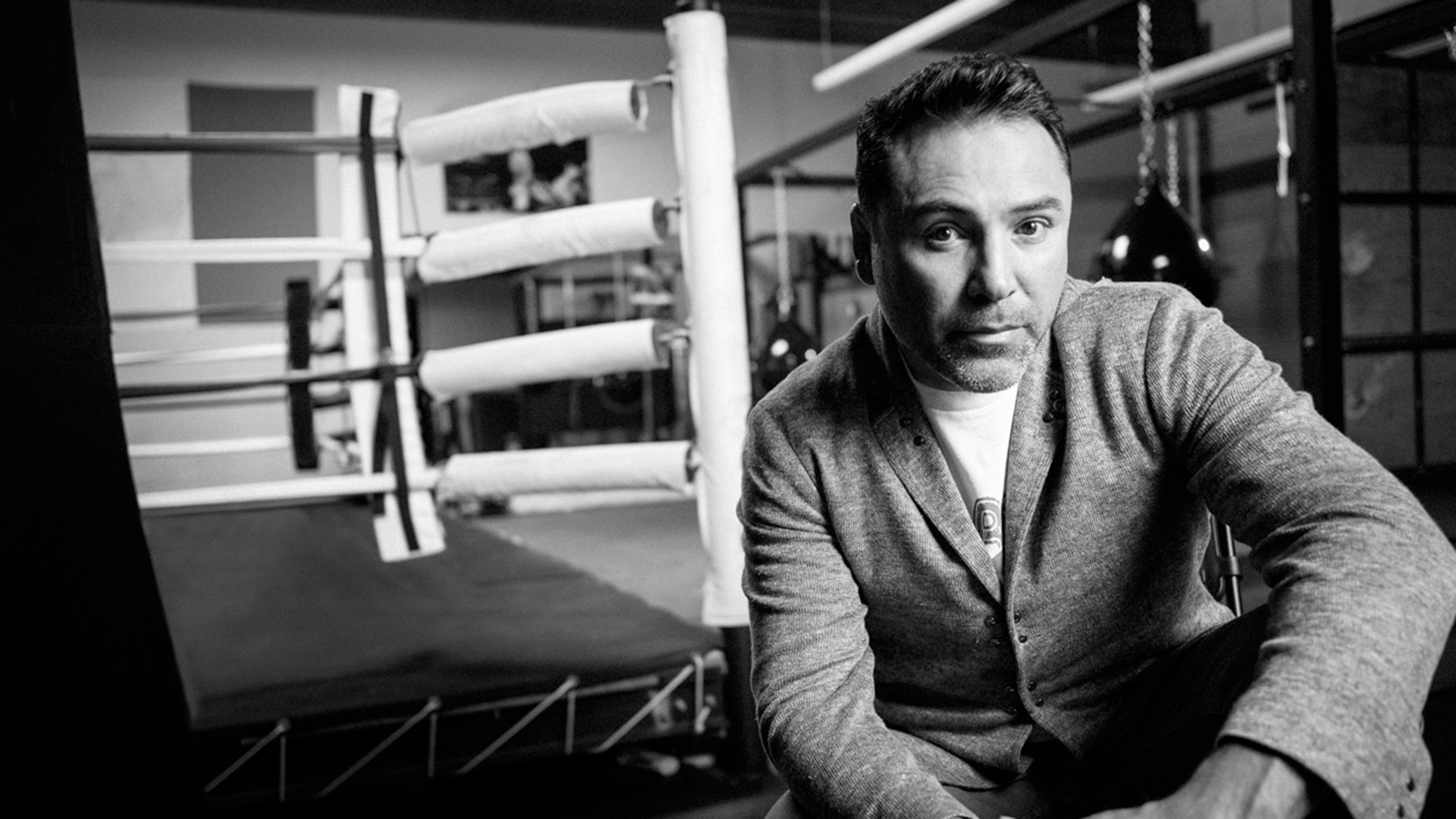
According to post-production supervisor Cliff Lee, the team used Frame.io throughout post-production. “During the offline it was helpful for our director and other executives to provide feedback by simply entering their notes directly into the Frame.io review link. This enabled our assistant editors to download all notes and import them directly onto our Avid sequences as markers for the edit team.”
“We were also able to download them as an Excel spreadsheet which we would later convert into a Google Sheet to allow for a more in-depth conversation for any replies our edit team had to any of the specific notes,” Cliff says.
The editors were able to locate material that might have been problematic due to rights restrictions, which saved them a significant amount of time.
They used the same process for addressing legal notes and getting clearances. “The editors were able to locate material that might have been problematic due to rights restrictions, which saved them a significant amount of time,” he adds. The team continued using Frame.io through the online process, as well. “With the ability to compare versions we were able to track the progress of more extensive notes by comparing previous versions of each episode with the updated fixes. This system was used in all areas of the online process while addressing color, mix and picture notes.”
Cliff’s conclusion? “Without the ability to add markers within Avid for our editors and clearance team, Excel CSV conversion, and the versioning feature within Frame.io, the show would not have sailed as smoothly as it did.”
Tribeca U.S. Narrative Competition
The Graduates
Executive produced by Chloe Zhao and starring John Cho, The Graduates follows a high school senior facing graduation a year after her boyfriend’s death in a school shooting. Writer/director/editor Hannah Peterson’s feature directorial debut is a story about an individual and a community looking for hope in the aftermath of senseless loss.
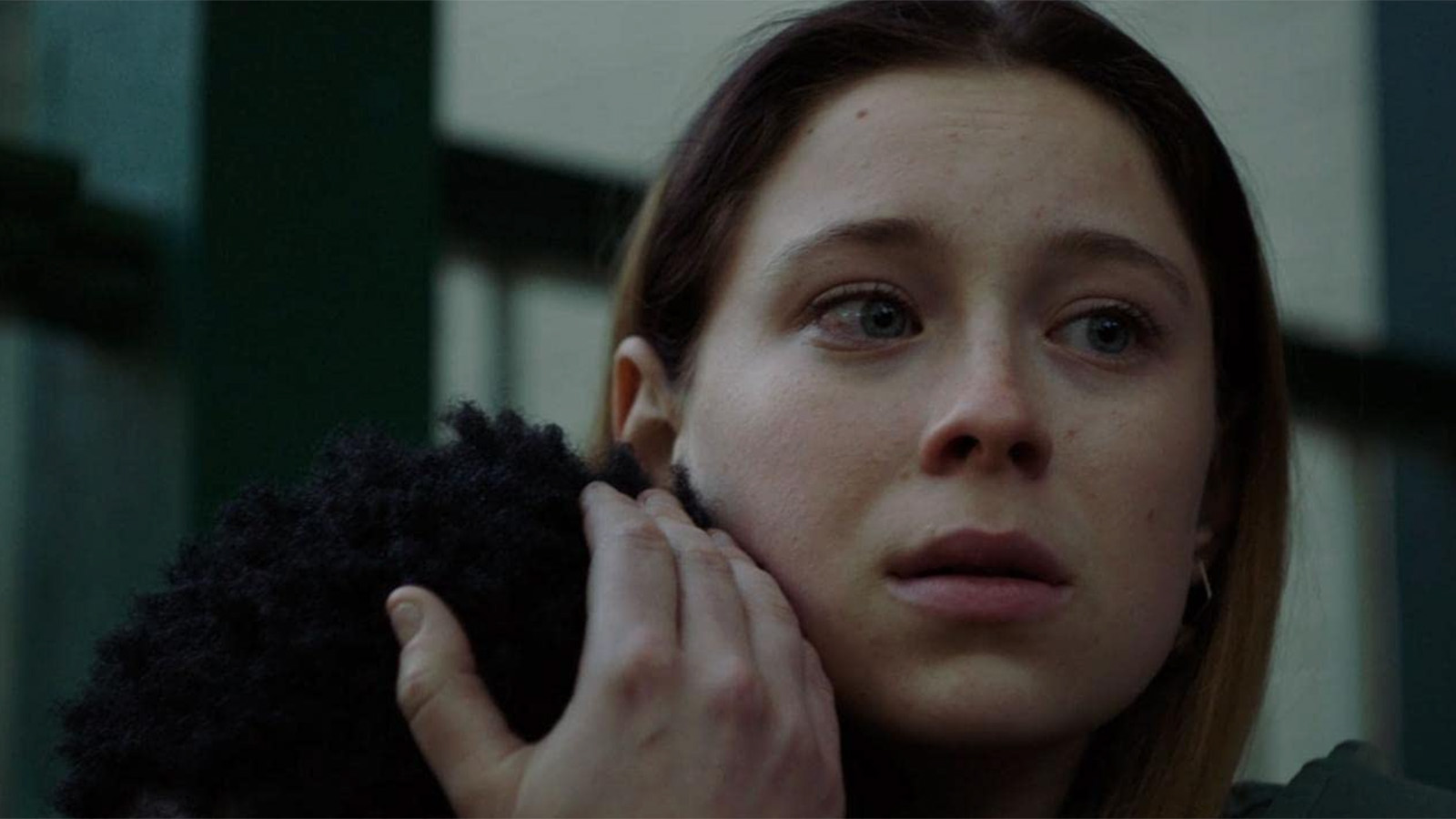
Hannah, a graduate of the CalArts MFA film directing program, was fortunate to begin her career on Sean Baker’s The Florida Project, which greatly influenced her—including the fact that he wrote, directed, and edited the film (on Premiere Pro). After she graduated, she worked with Chloé Zhao on Nomadland, who also writes, directs, and edits. “When it came to my own feature film it was no surprise that this was what I wanted to do, too,” Hannah says.
Which, of course, provides a filmmaker with creative challenges. “There was a lot that worked on the page that didn’t necessarily work in the edit,” she says. “The script was structured almost as literary in that the characters were separated into chapters. However, I found very quickly in the edit that all three main characters needed to be there from the beginning. As a result, I pulled much of the third act up top and had to find the rhythm of the film in a whole new way.”
We uploaded all of our dailies and proxies onto Frame.io and then used it as a hub to send cuts for review.
Hannah used a number of Adobe products including Premiere Pro, Frame.io, Media Encoder, and After Effects. “These were the best products for me because they allowed for easy collaboration with my assistant editor and producers,” she says. “We uploaded all of our dailies and proxies onto Frame.io and then used it as a hub to send cuts for review to different collaborators including producers, our composer, and our sound designer.”
You can read more about Hannah’s process in Adobe’s How I Cut This interview.
Lost Soulz
In Katherin Propper’s feature directorial debut, this musical road movie is about a young rapper who leaves everything behind to embark on an odyssey of self-discovery and friendship in the heart of Texas.
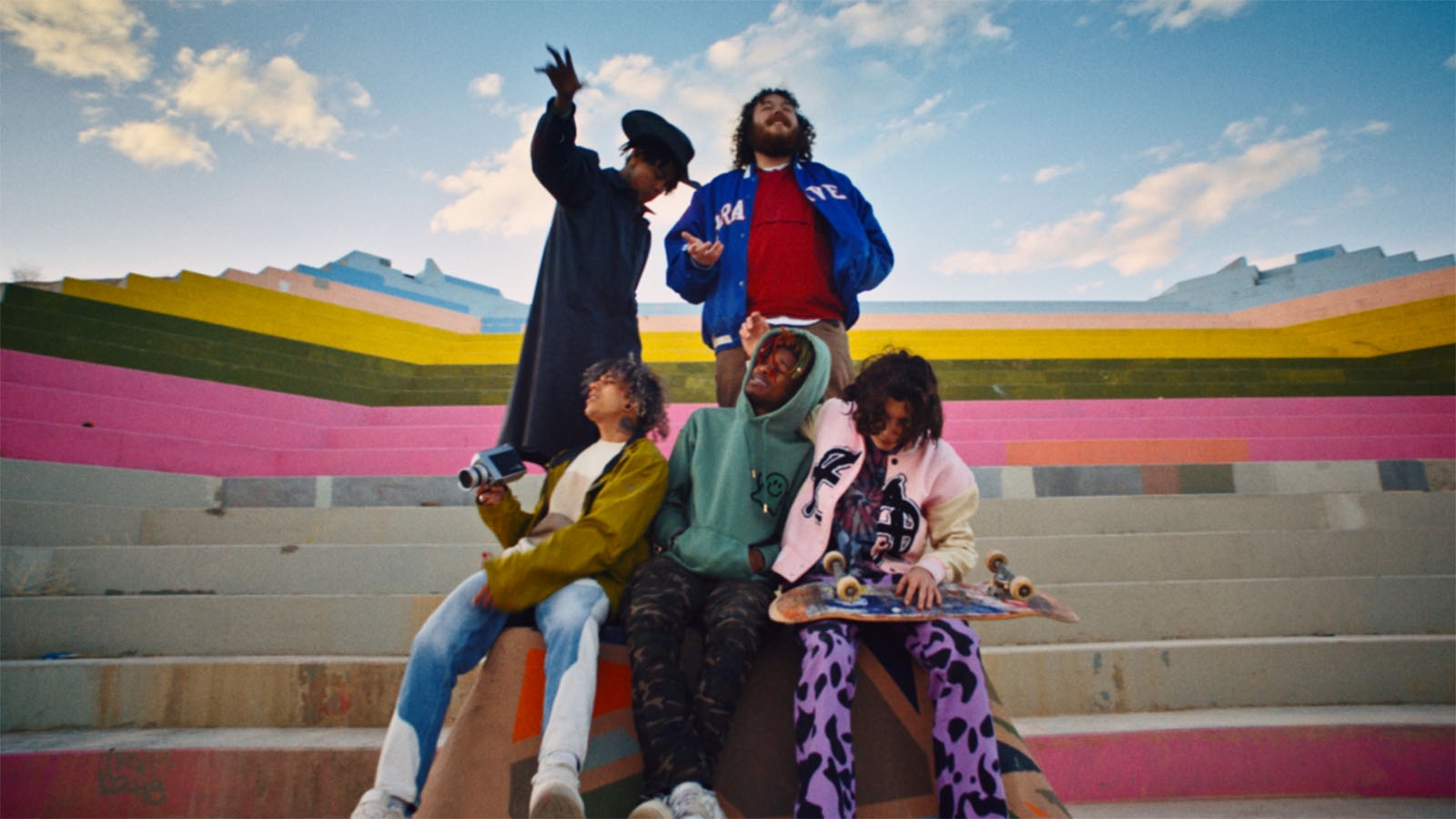
Editor Isaac Burns shares that Frame.io was “incredibly important” during post-production as both a collaboration tool and a way to share assets, and was a core component of their workflow.
The team cut on Avid, and Isaac especially appreciated the ease of importing precise notes into his timelines. “I uploaded scenes and cuts to Frame.io throughout the editing process to get feedback from Katherine. Our editing process was iterative so we ended up with many cuts of scenes before having an assembly and rough cut of the entire film,” he says.
“We also used Frame.io to store and transfer media. We shared and sent links of cuts to all our post-production collaborators from the composers to the sound mixer. It functioned as an additional storage location for our project files and exports, serving as an off-site backup for each editing session.”
Tribeca Viewpoints
Hey Viktor!
This line-blurring mockumentary is a fearless comedy by Cody Lightning, who catapulted to fame in the 1998 indie hit Smoke Signals. Playing a fictionalized version of himself in Hey Viktor!, he attempts to recapture his former glory by producing Smoke Signals 2. Lightning, a Cree actor from Edmonton, co-wrote the screenplay and is a fresh voice in Native cinema.
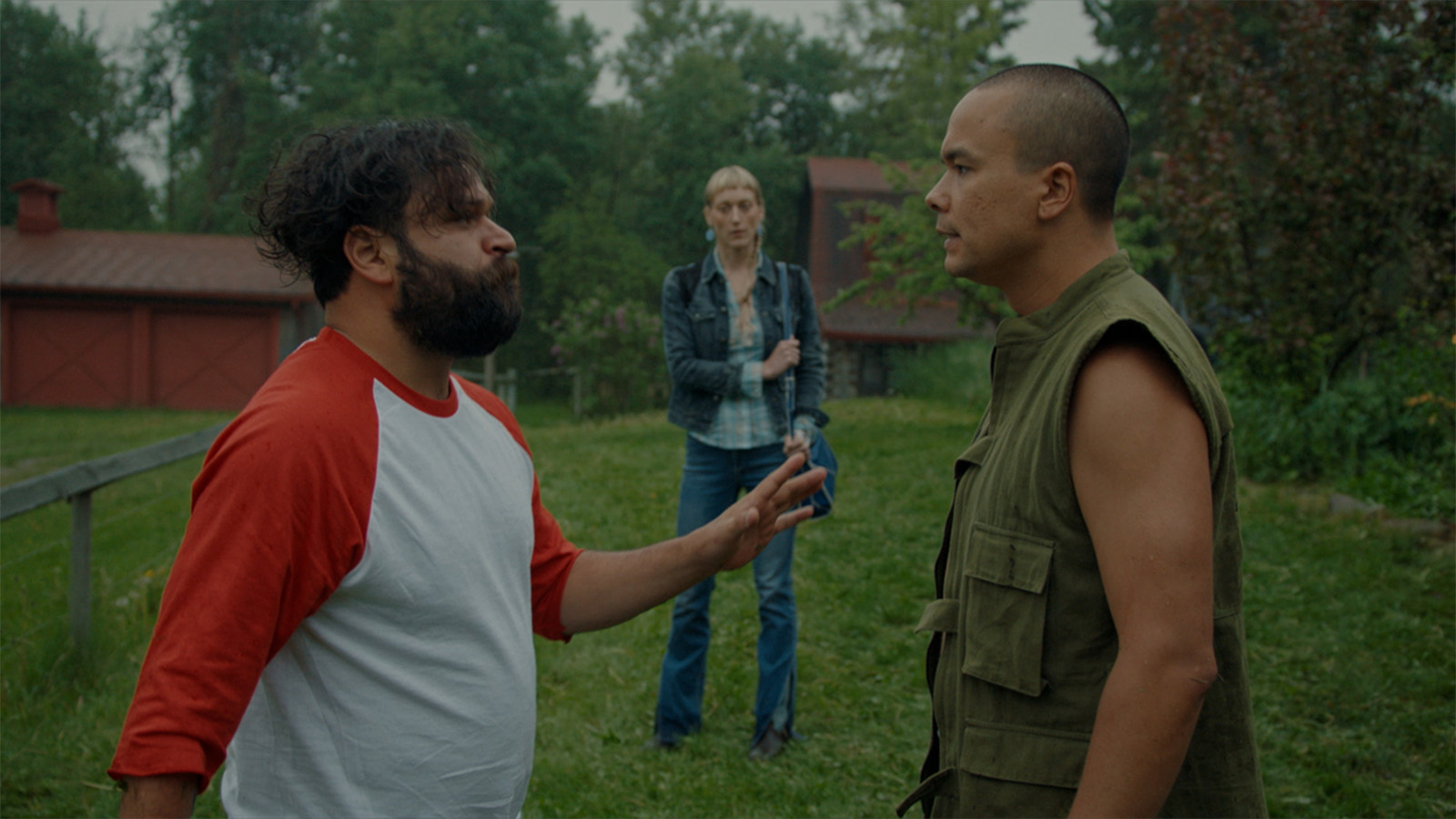
Editor Sarah Taylor cut the film in Premiere Pro, which she describes as “a second language, so it’s always my first choice” and says that she finds working in it so intuitive that it lets her just focus on the creative. Her advice to other editors? “Use the proxy workflow and multicam for syncing your footage. Get familiar with shortcuts like Q and W, use pancake editing and the transcription tools. Those have all been game changers for me and have made me way more efficient.”
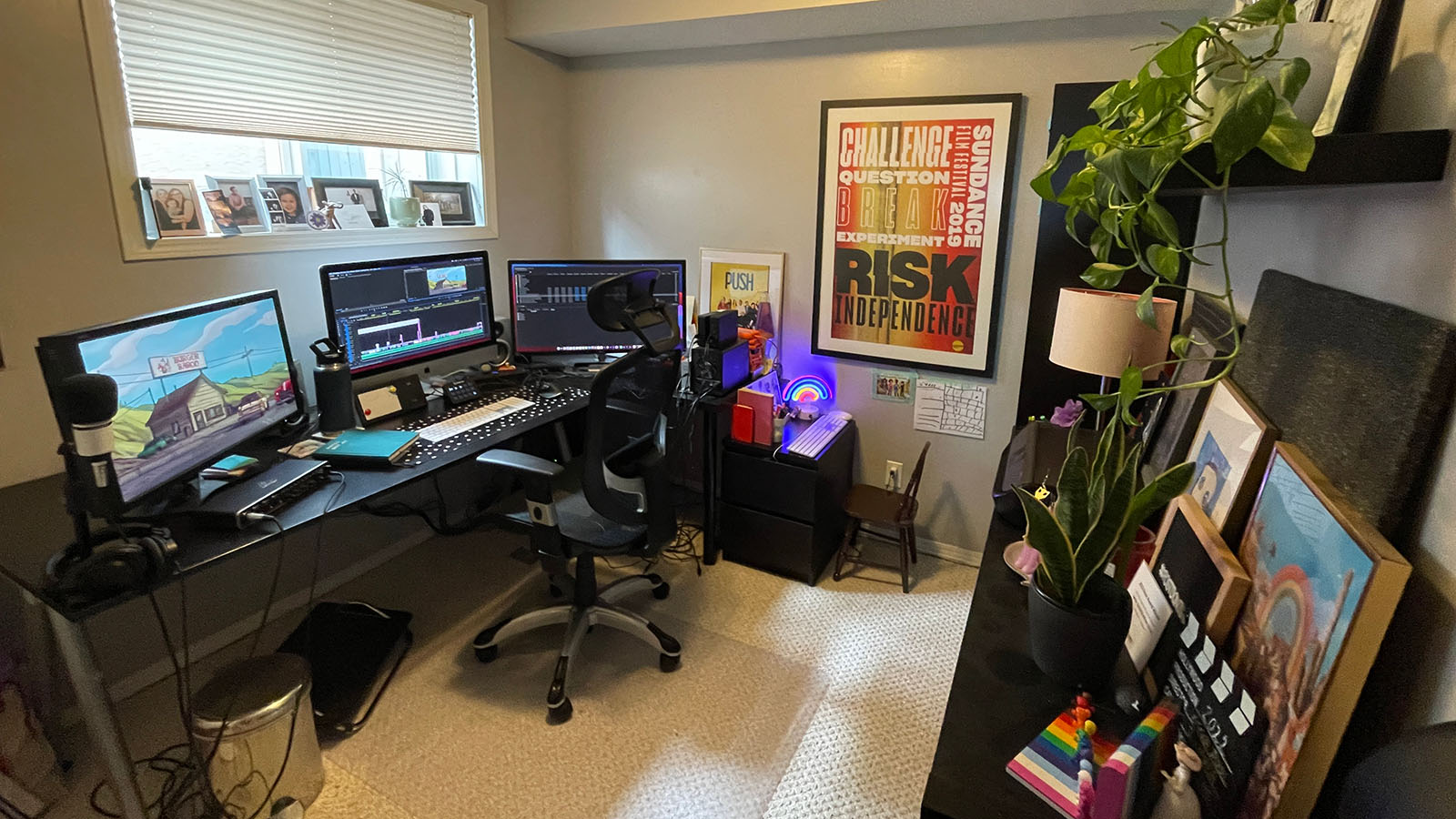
You can learn more about Sarah’s process in Adobe’s How I Cut This interview.
We want to thank all the teams who generously contributed to this article and wish them great success at the Tribeca Festival and beyond!

